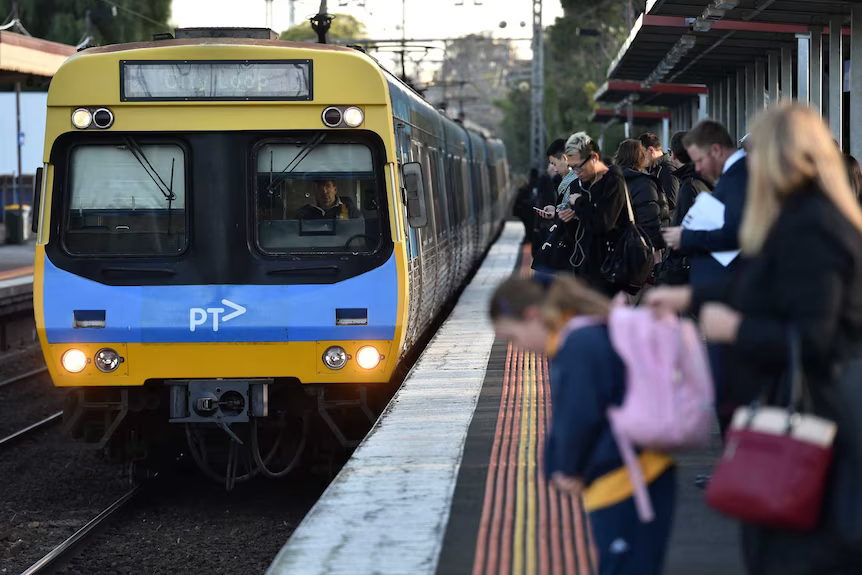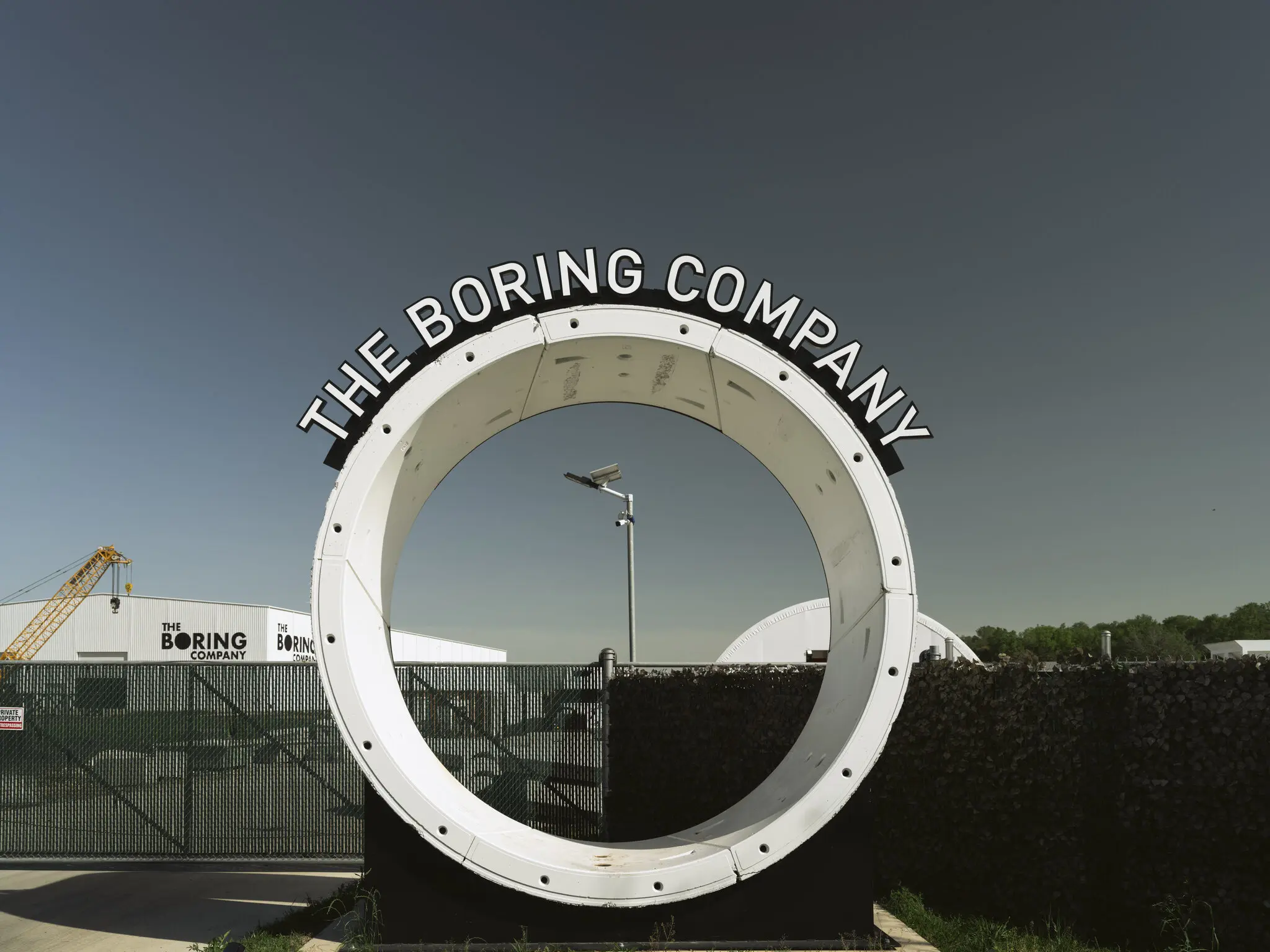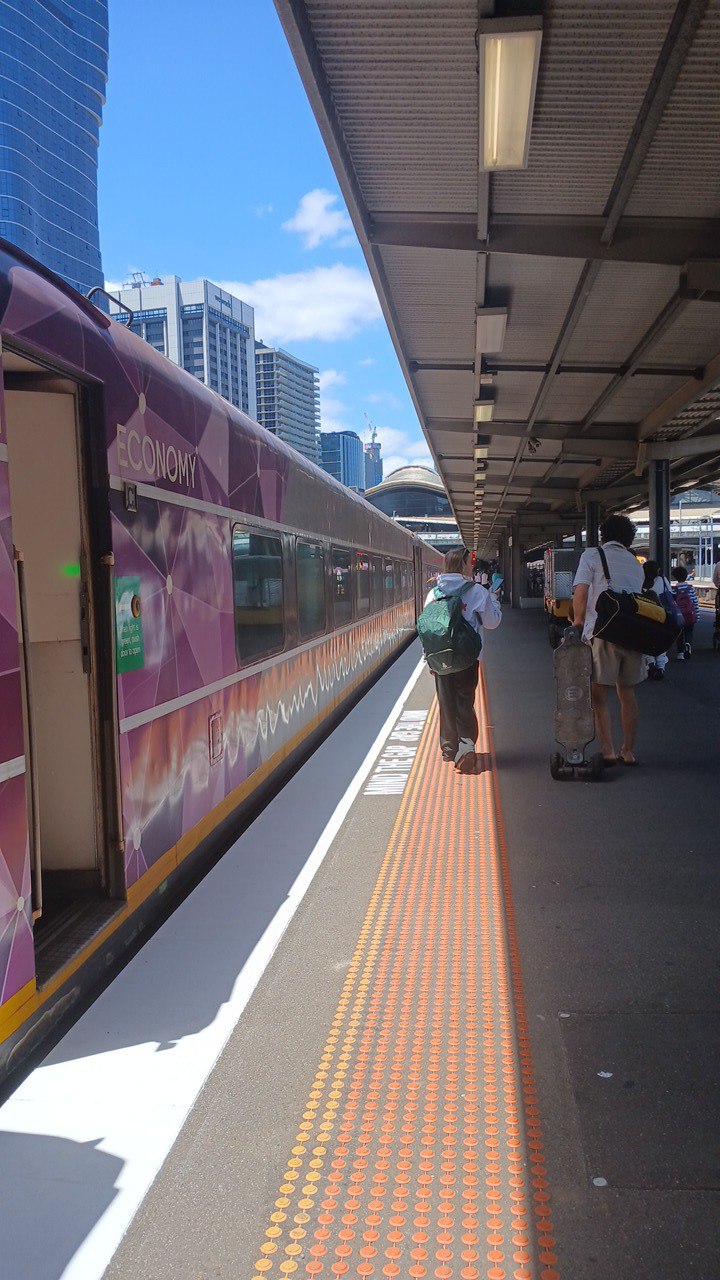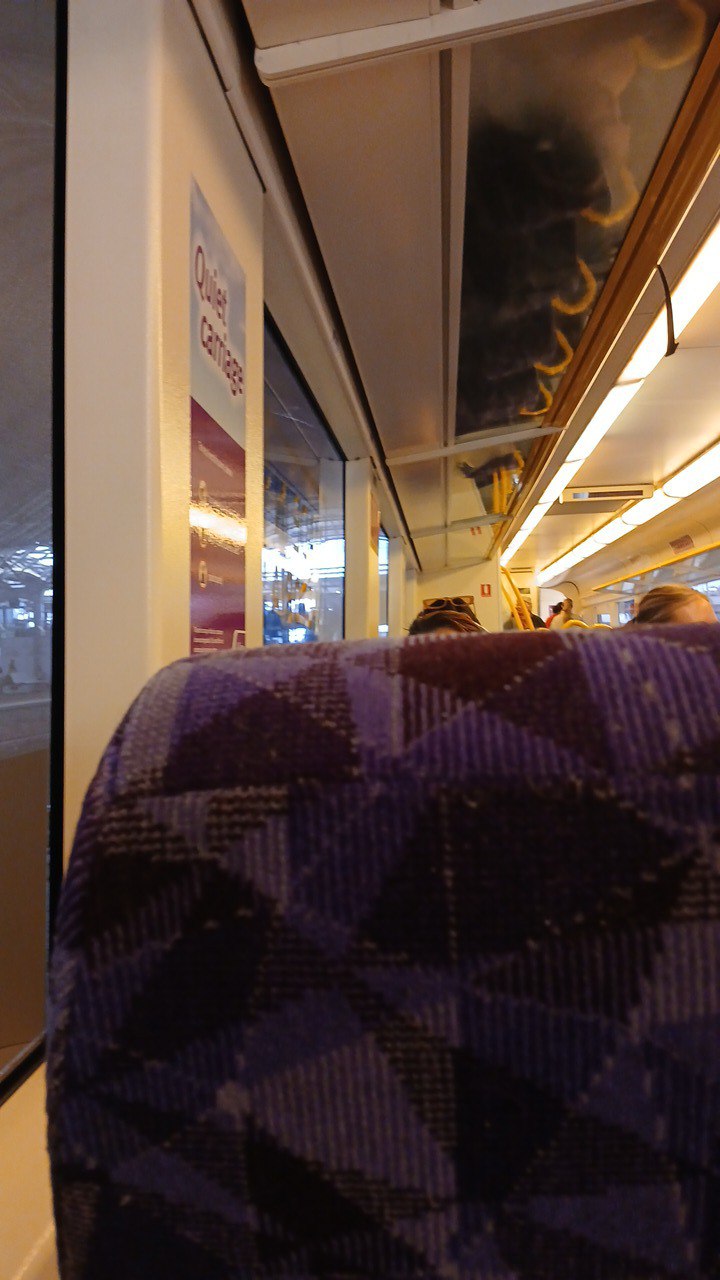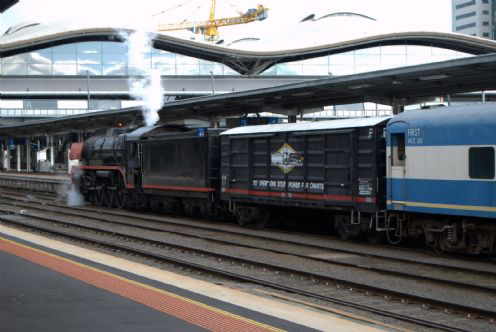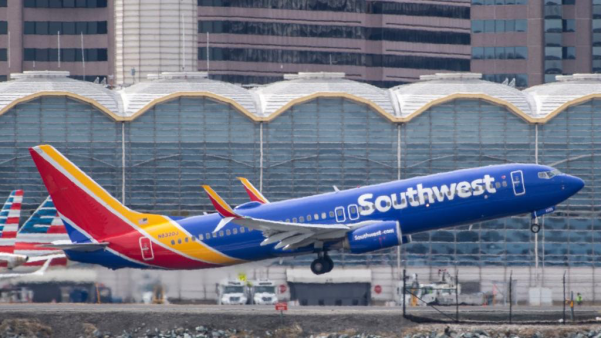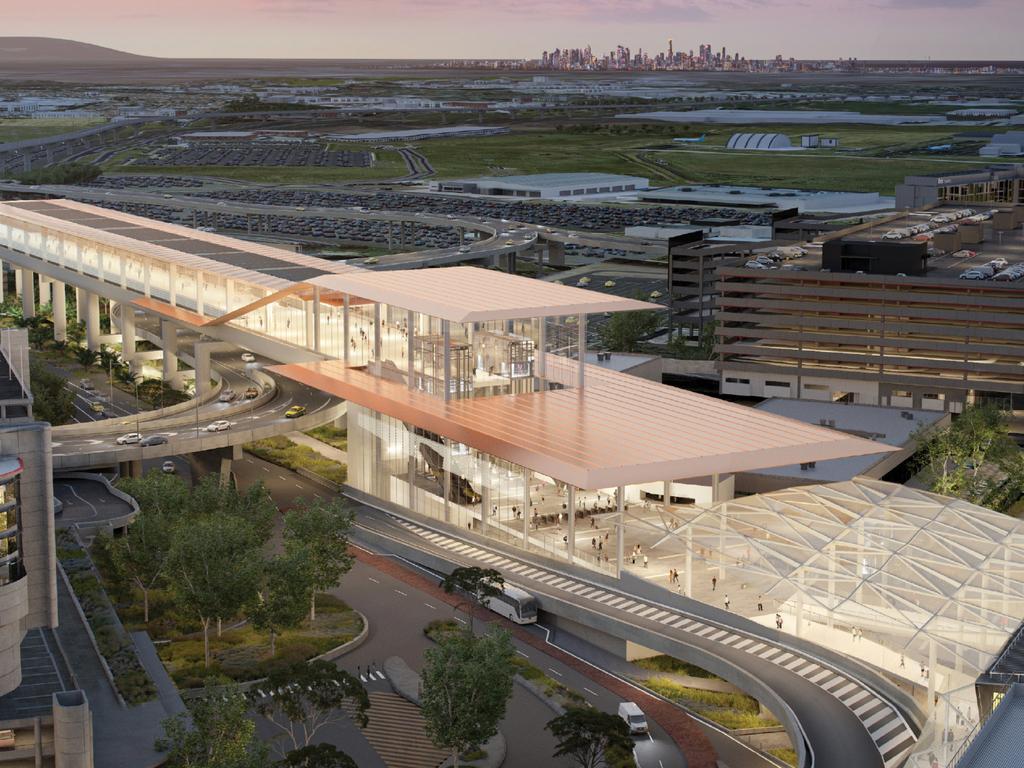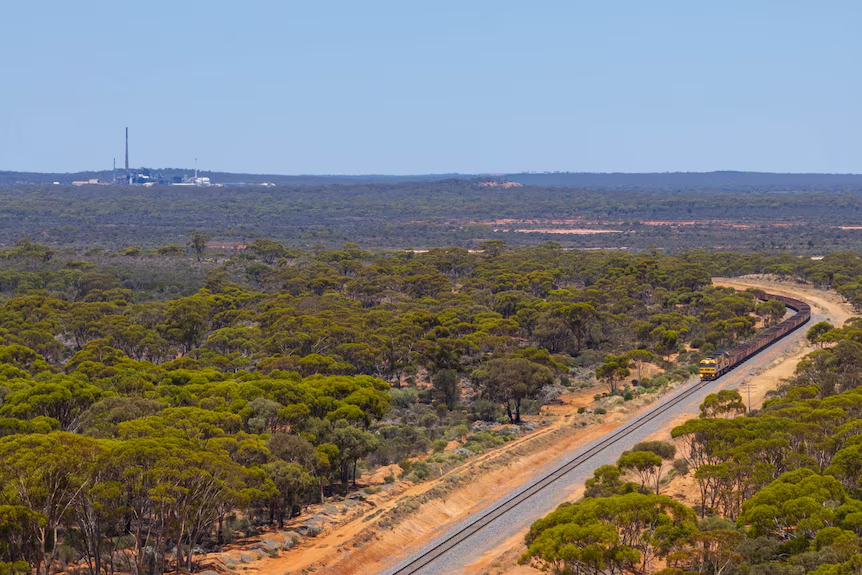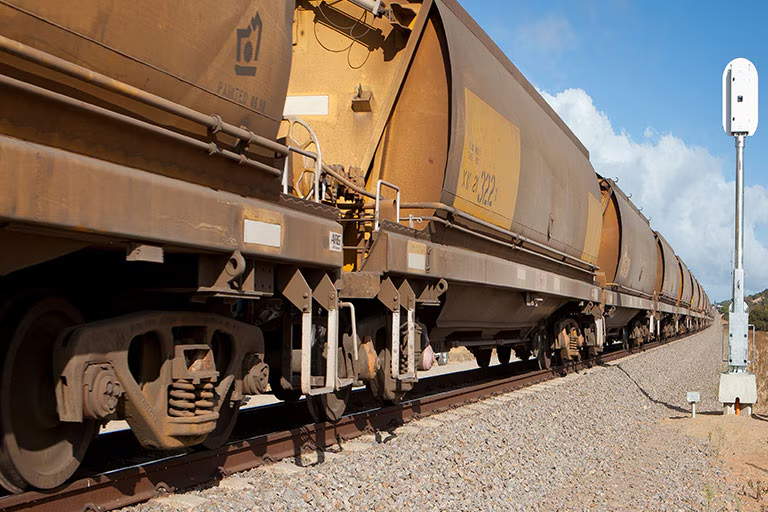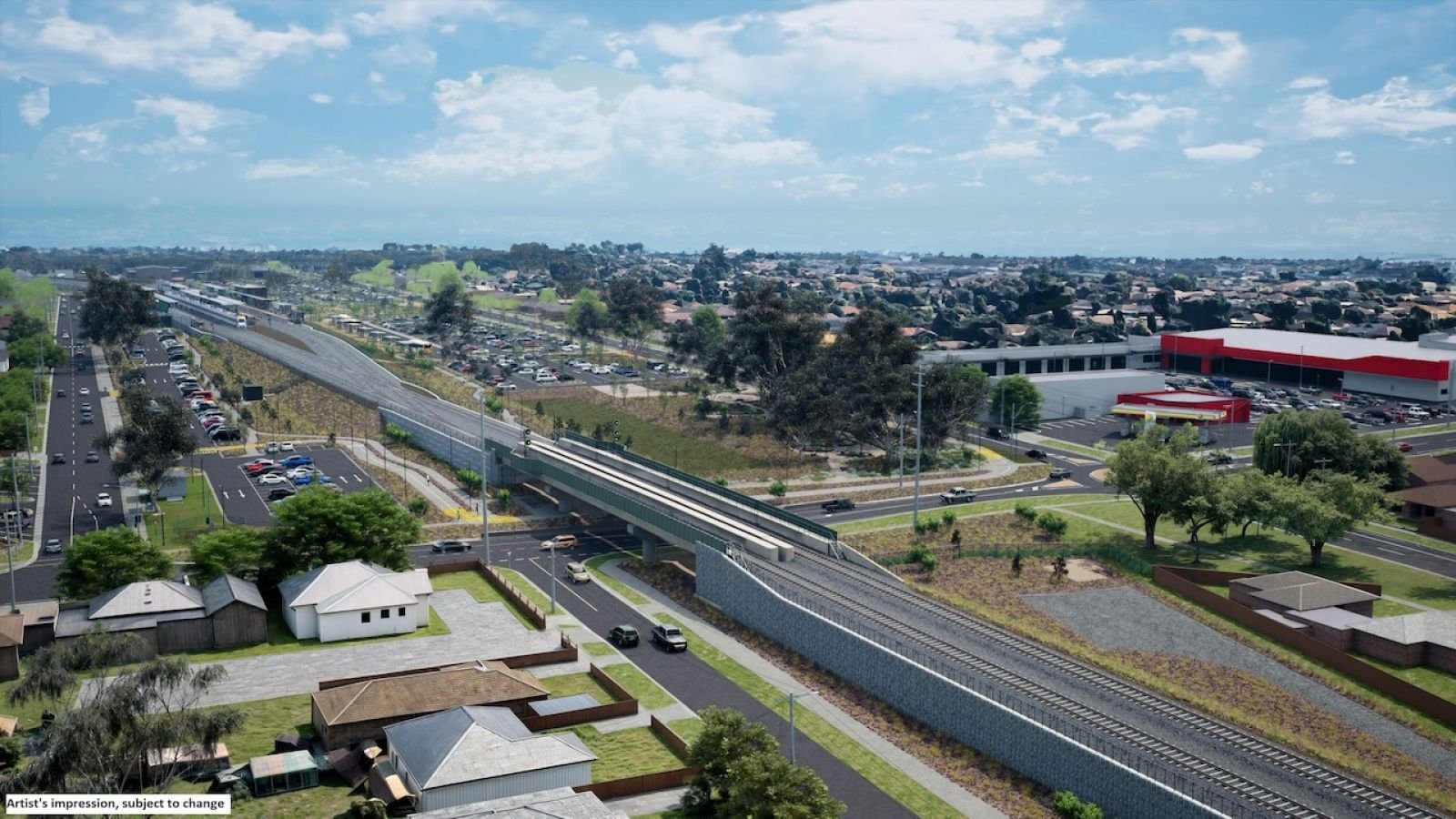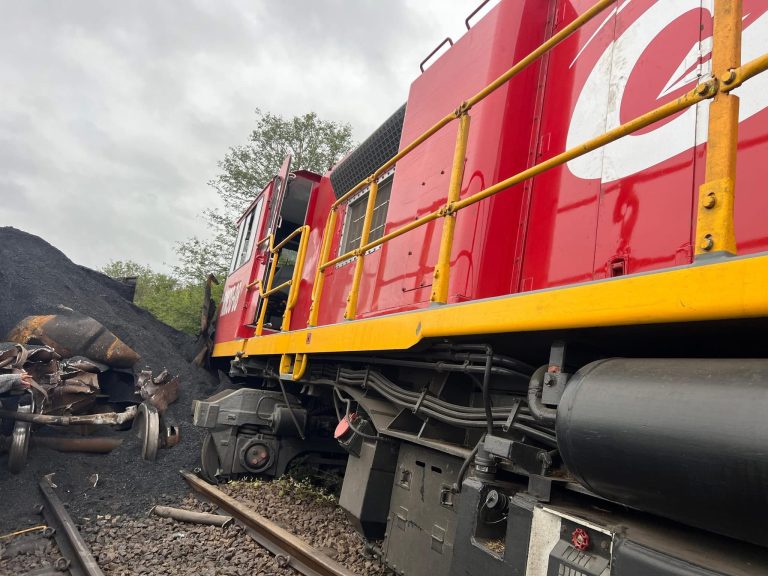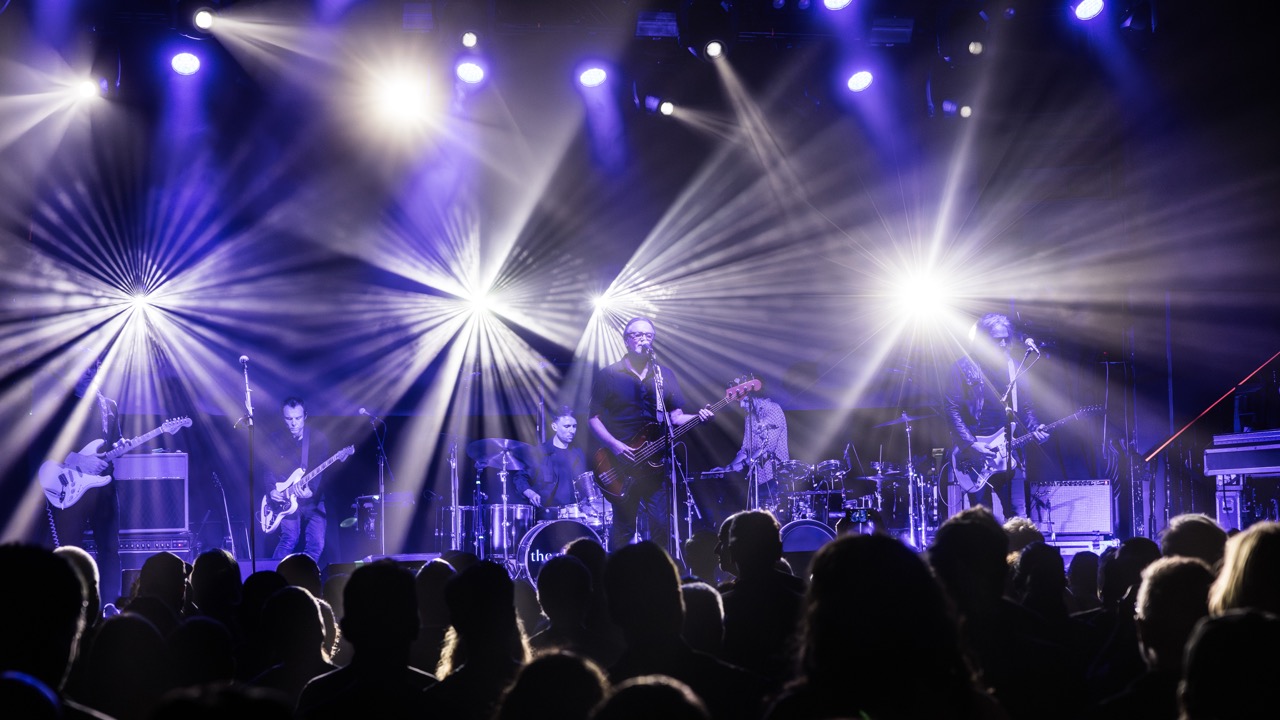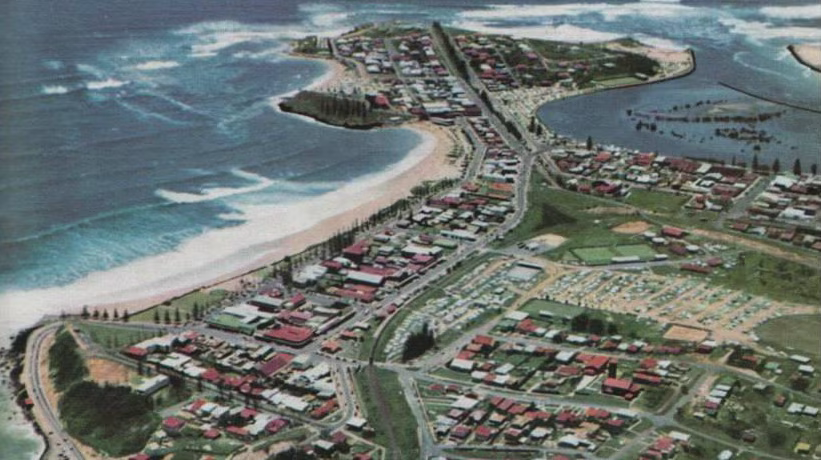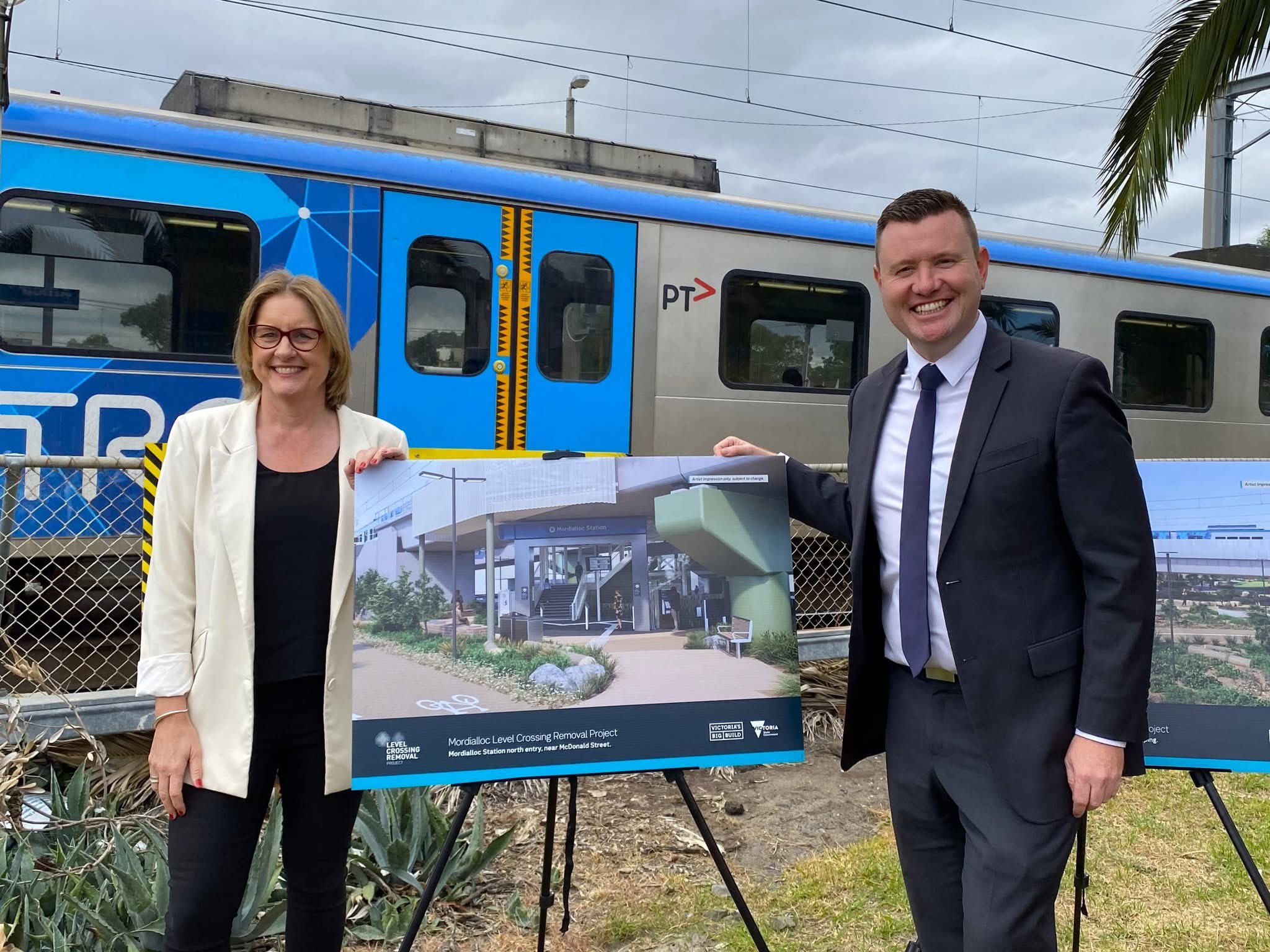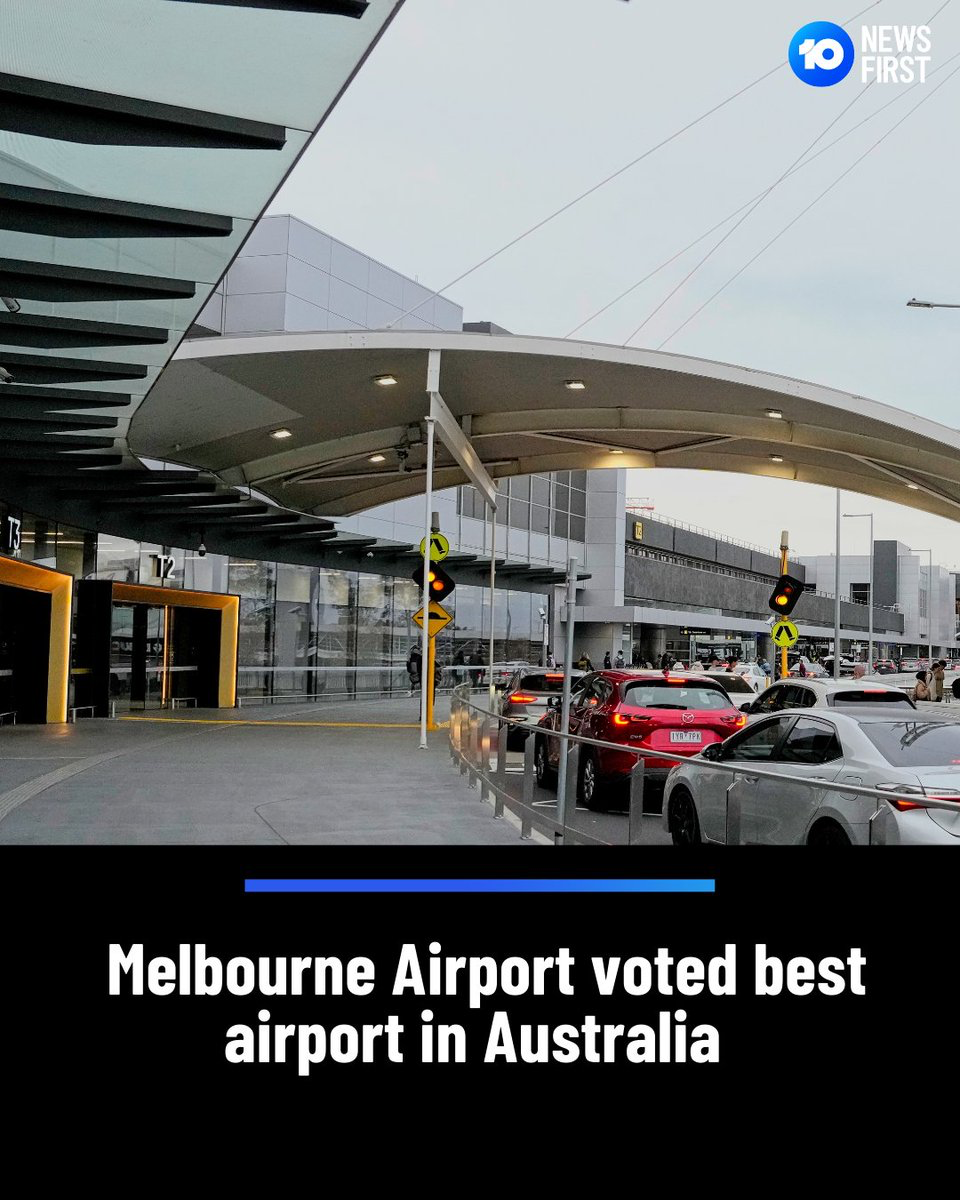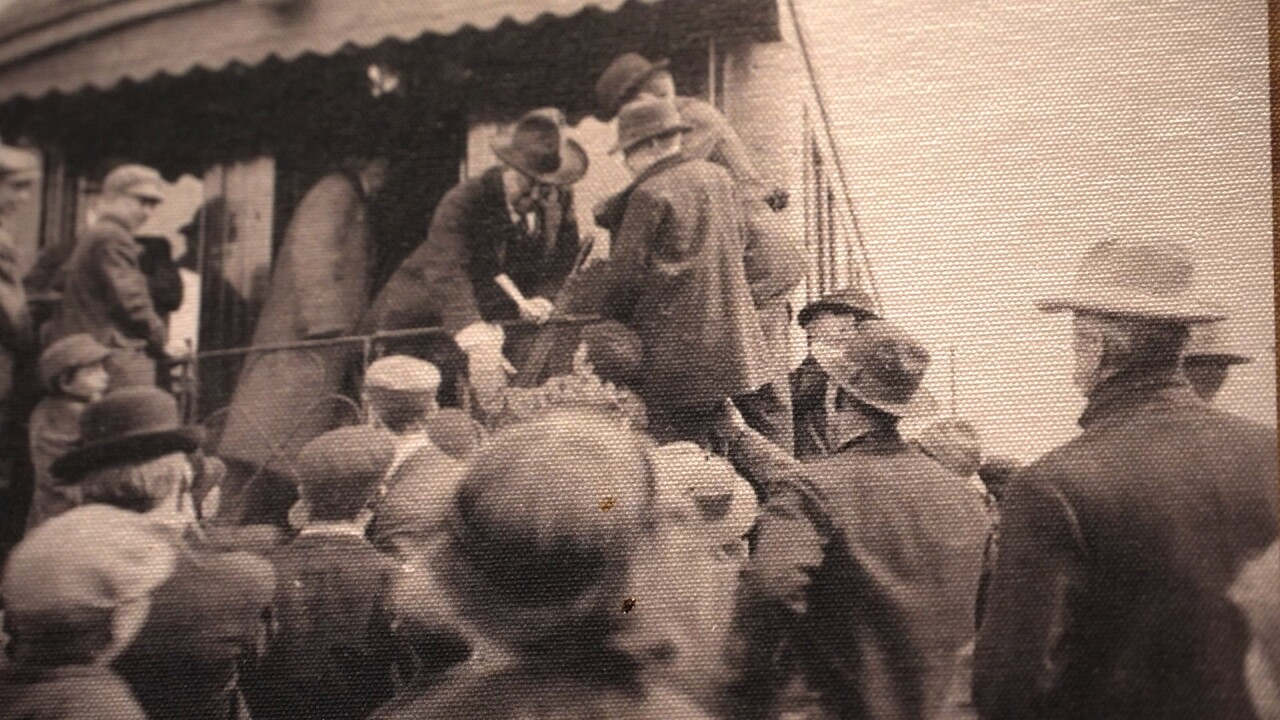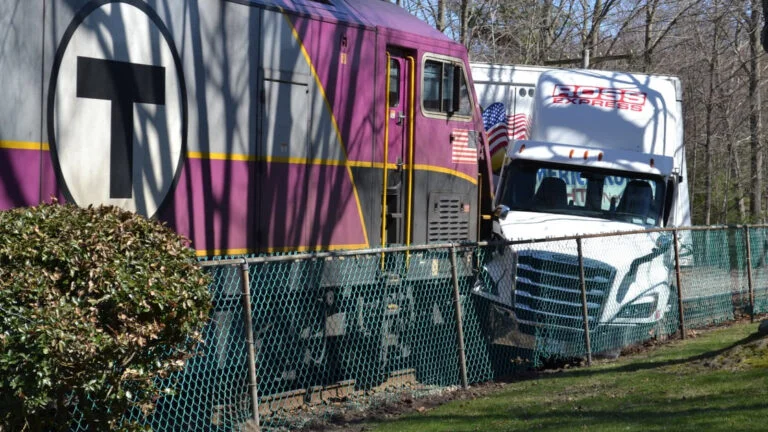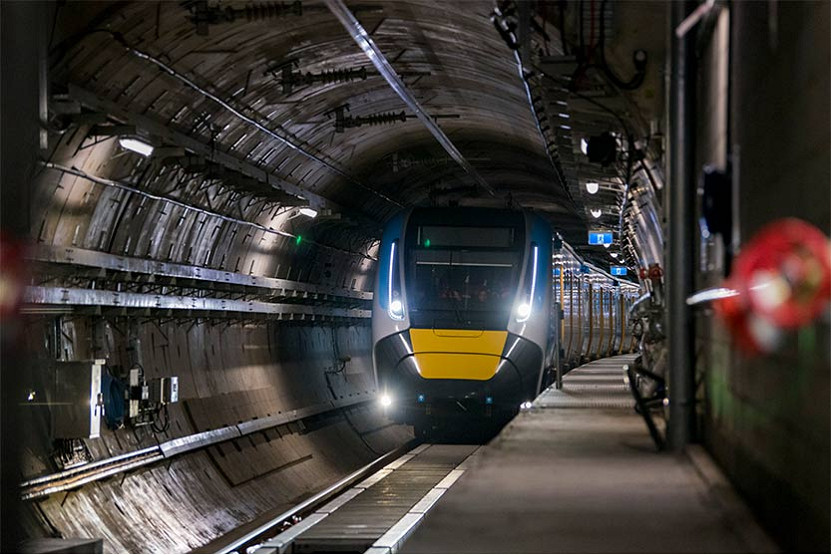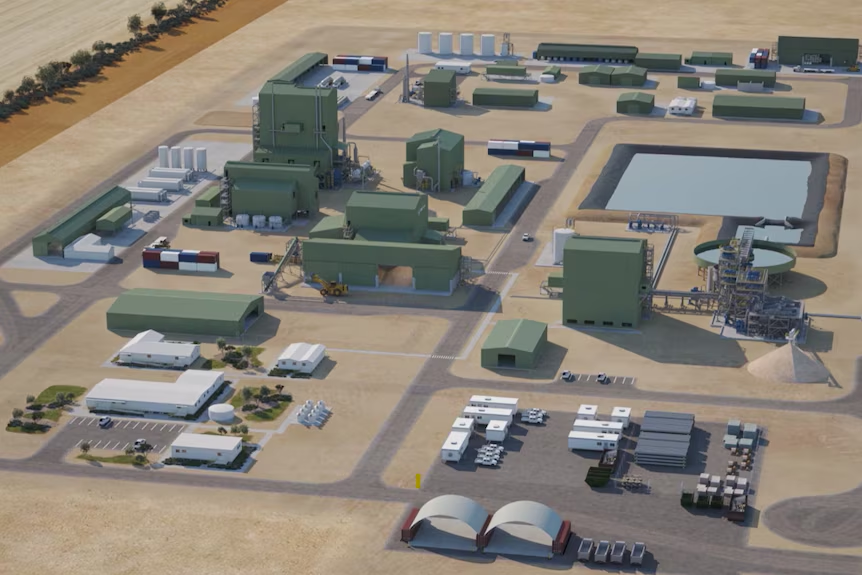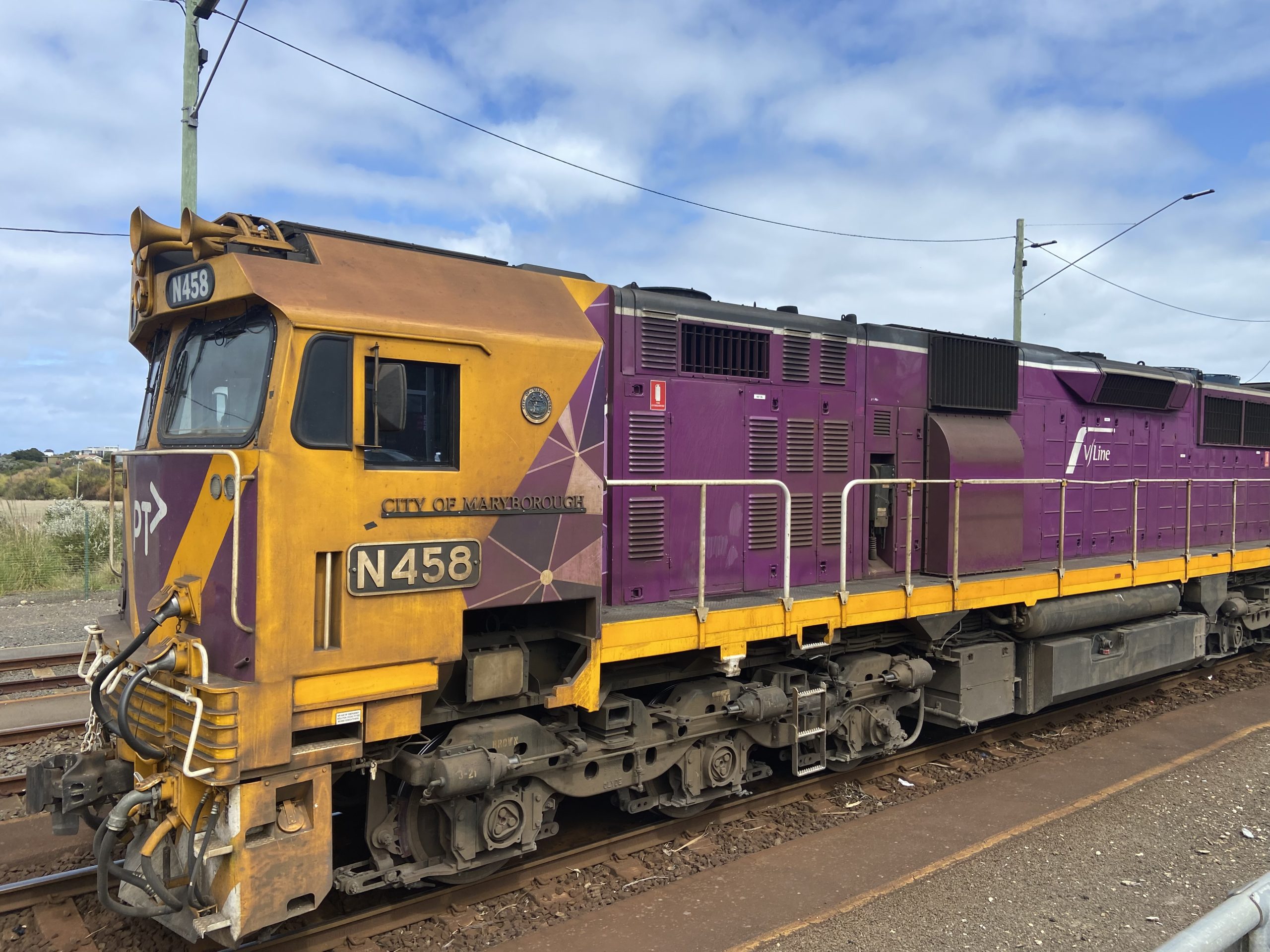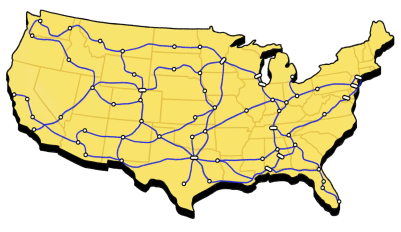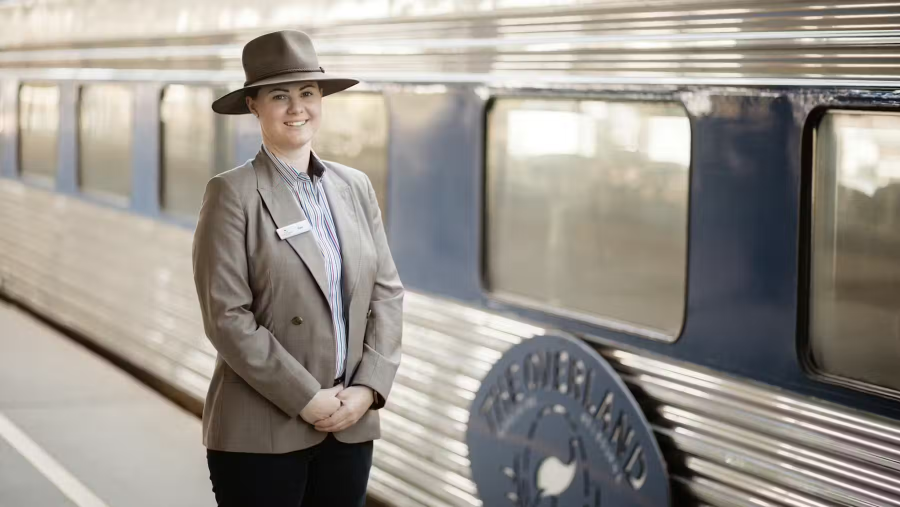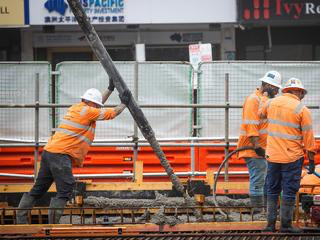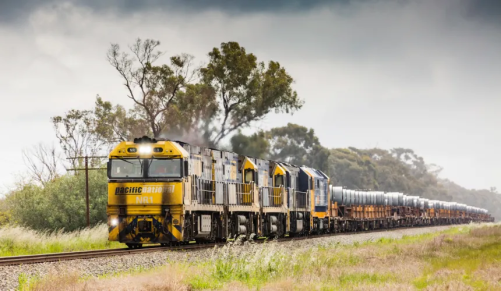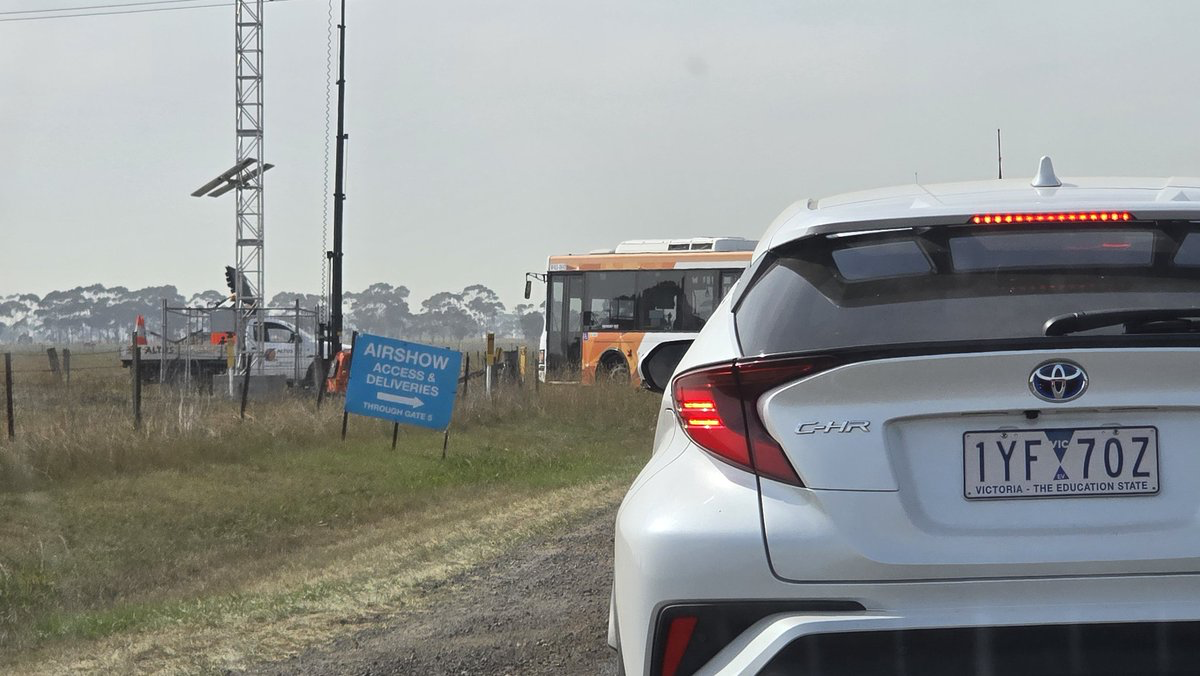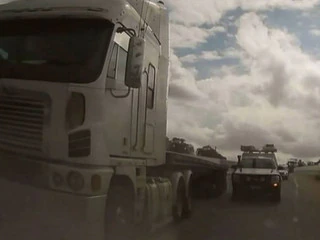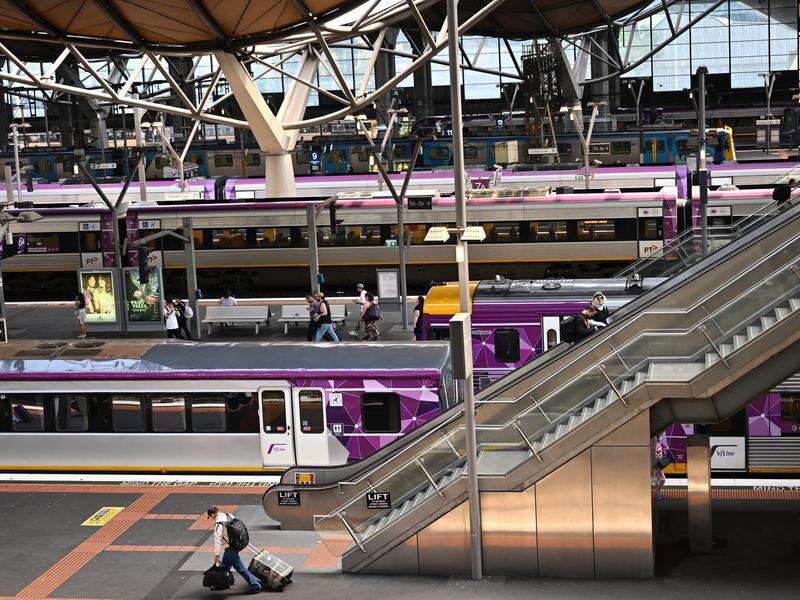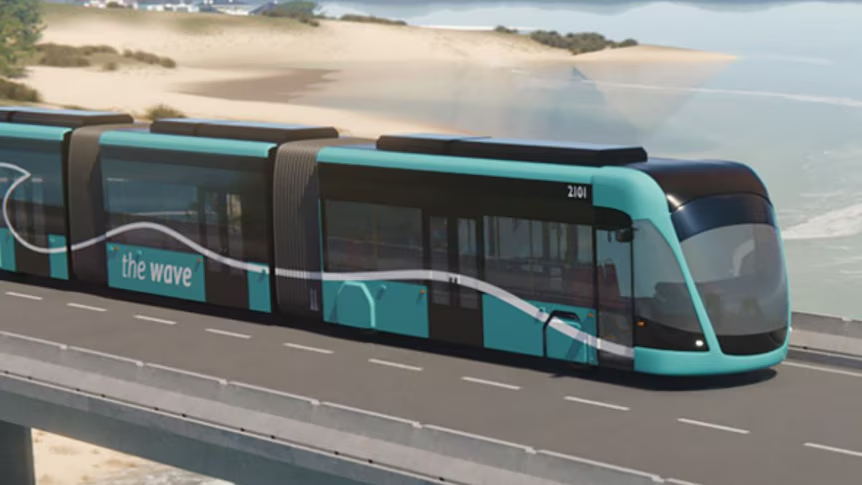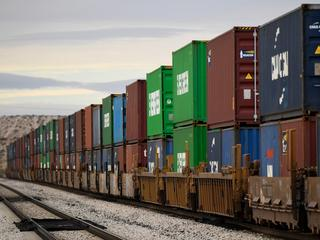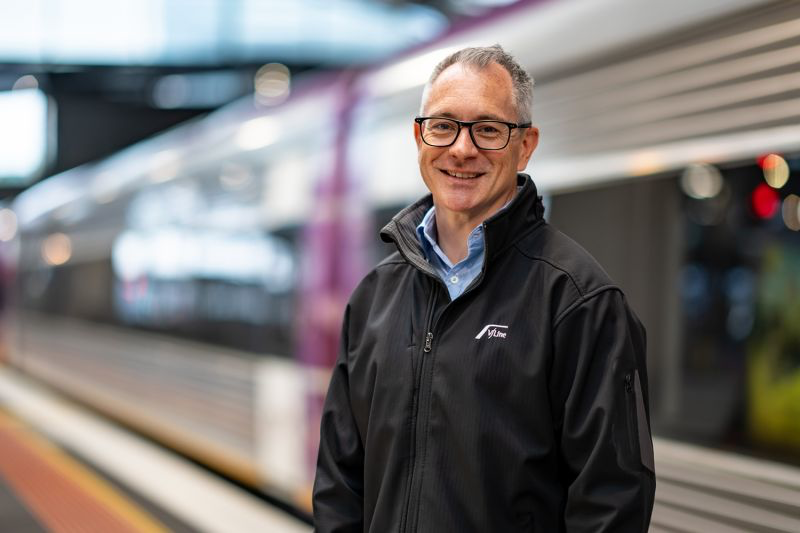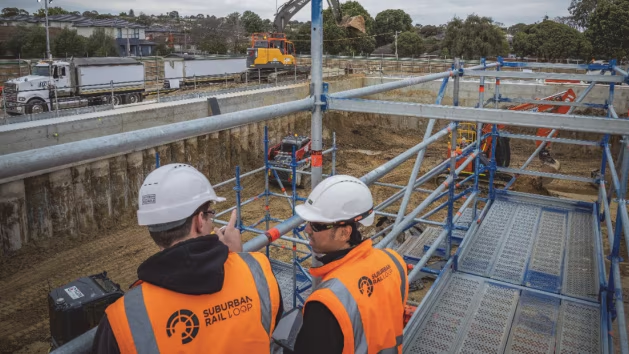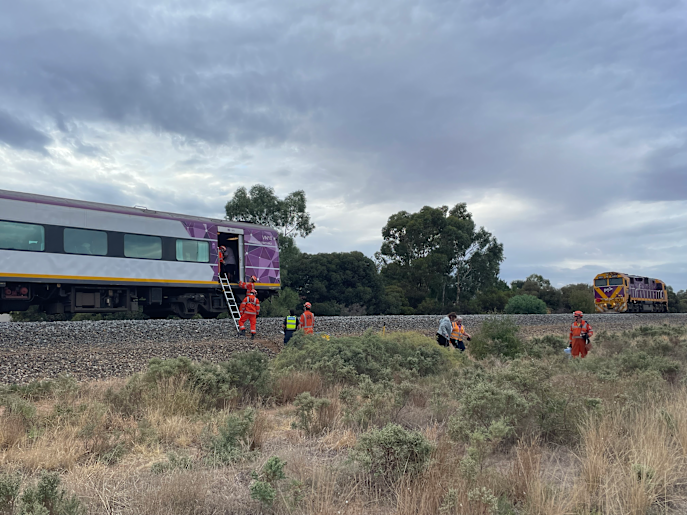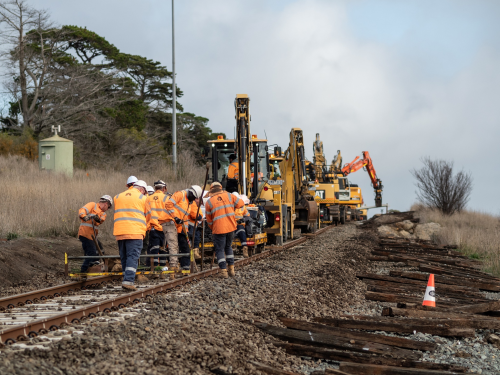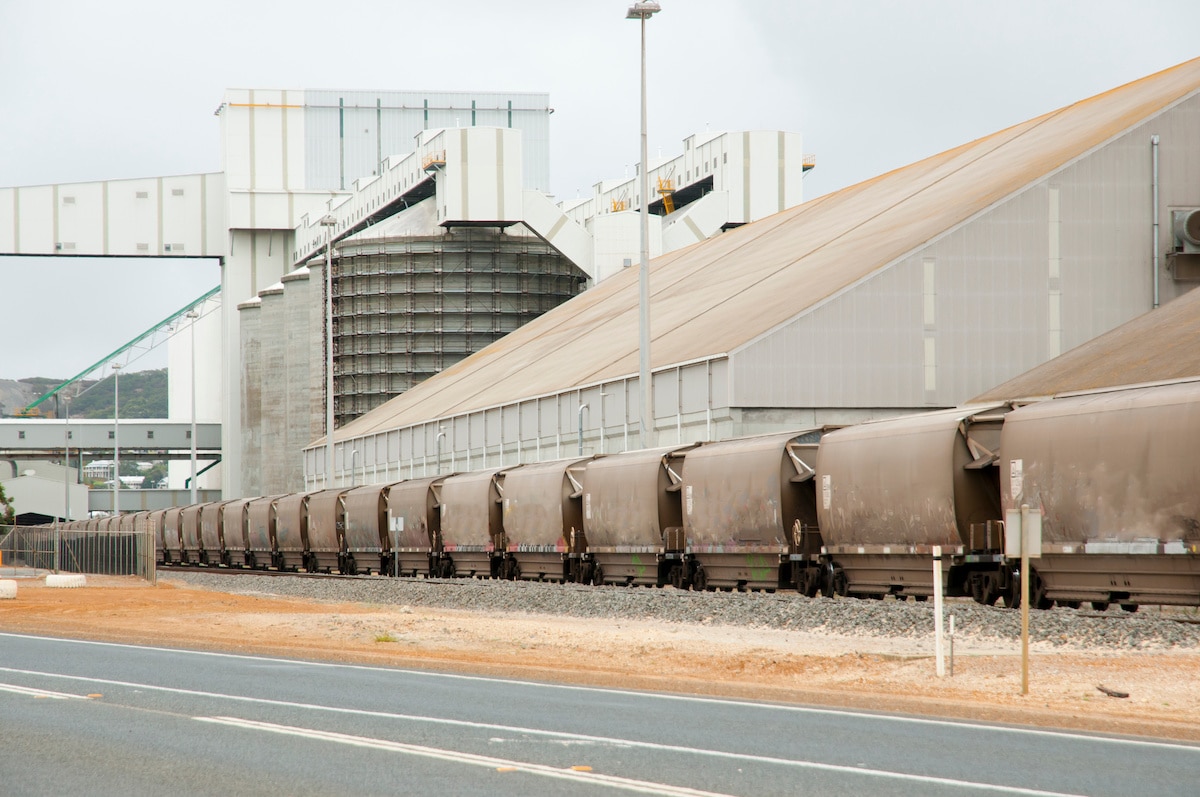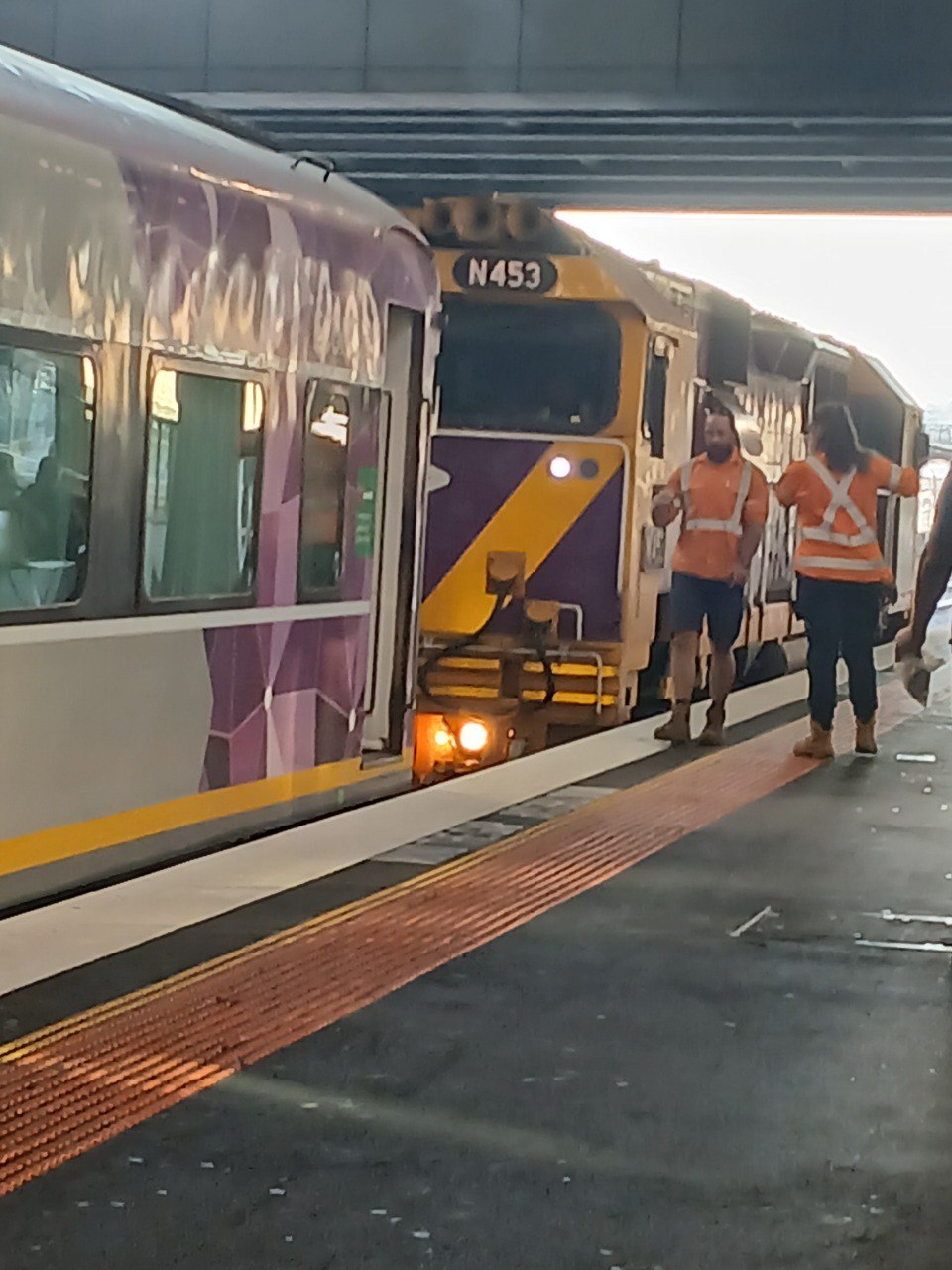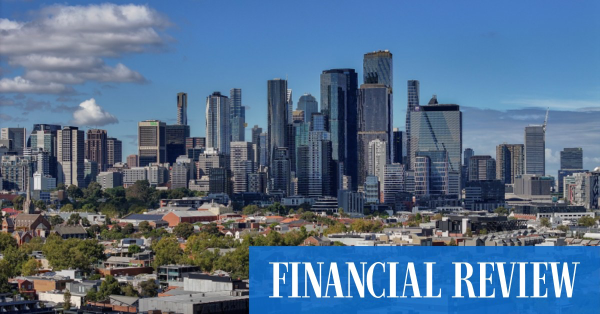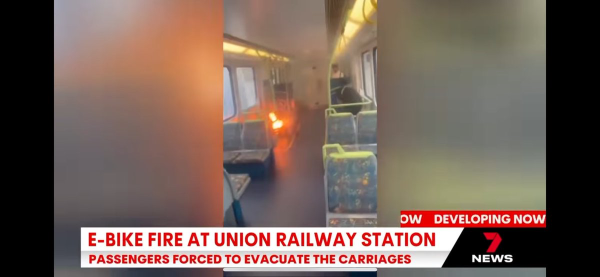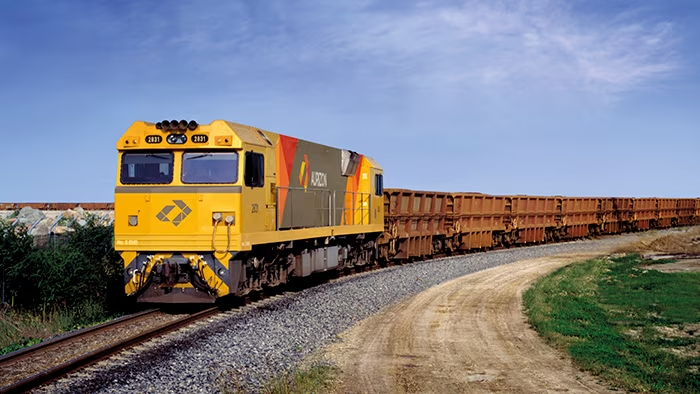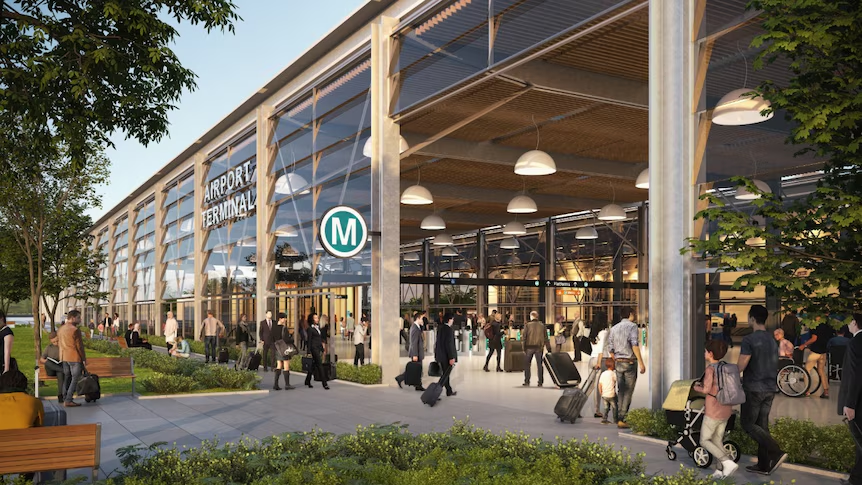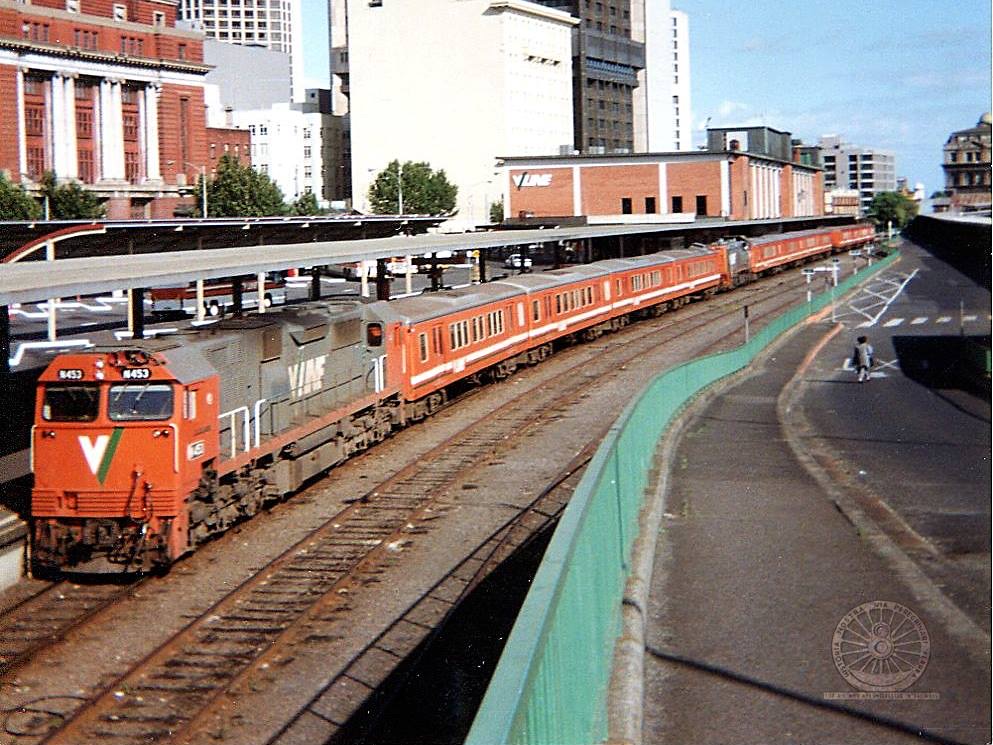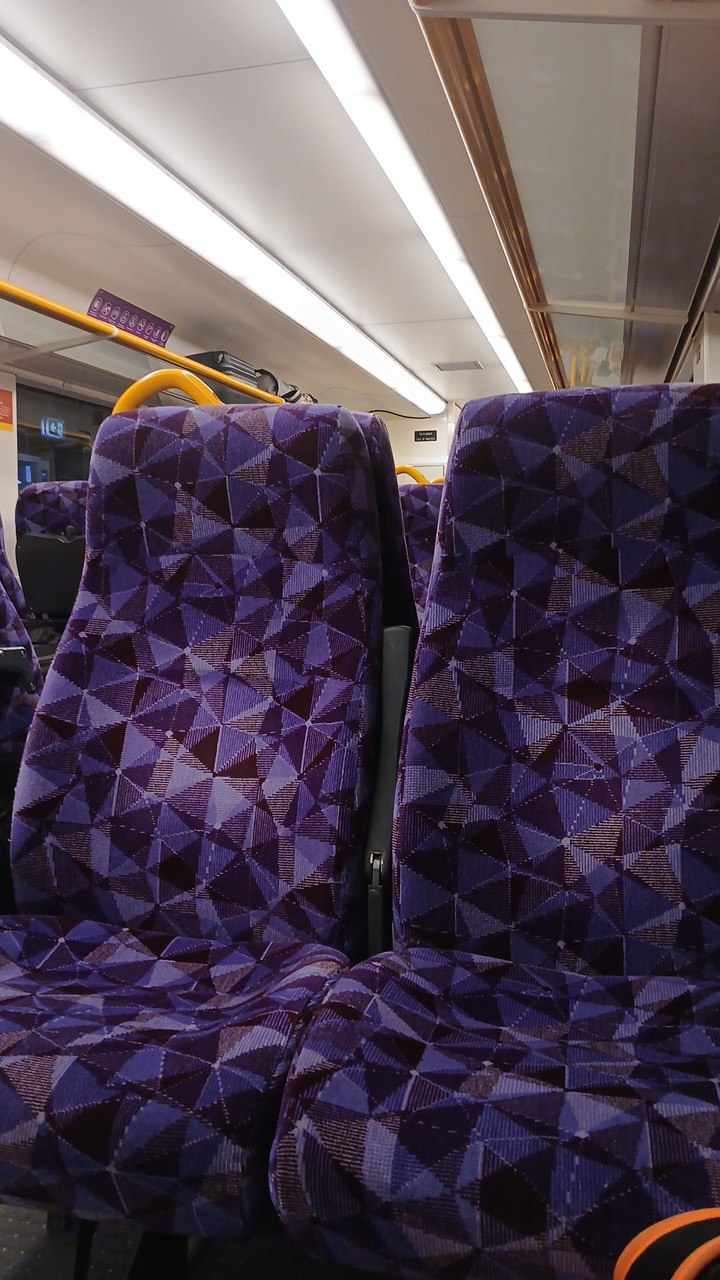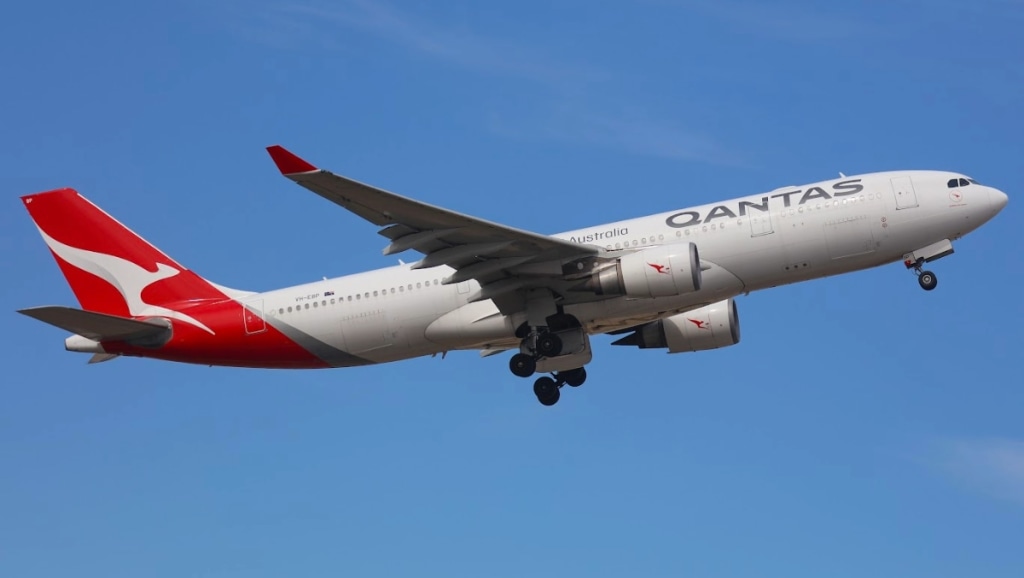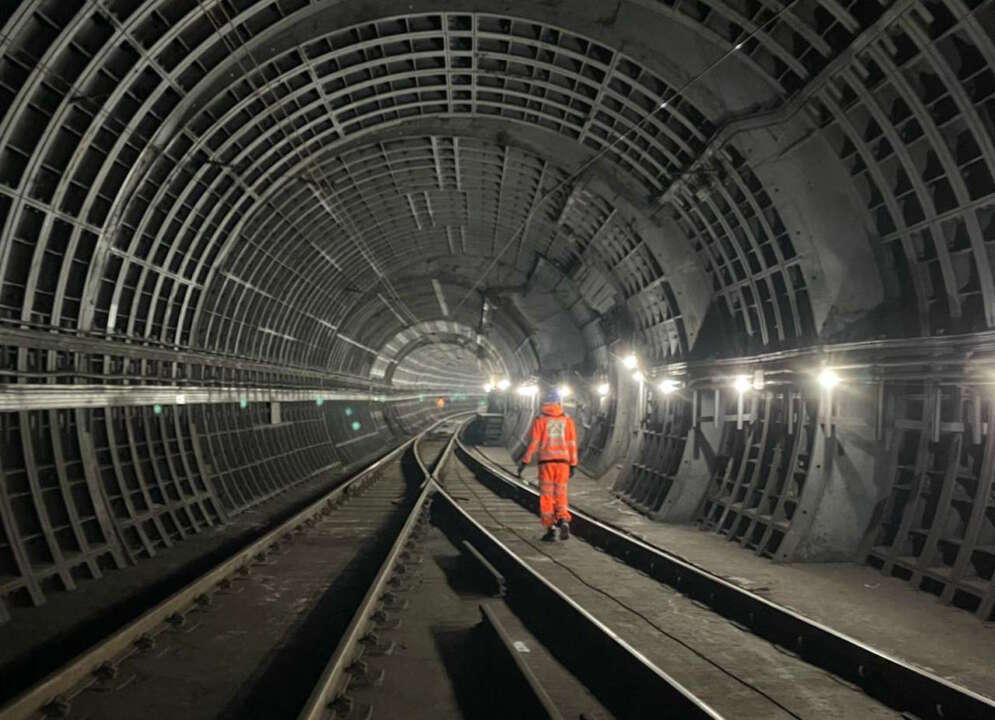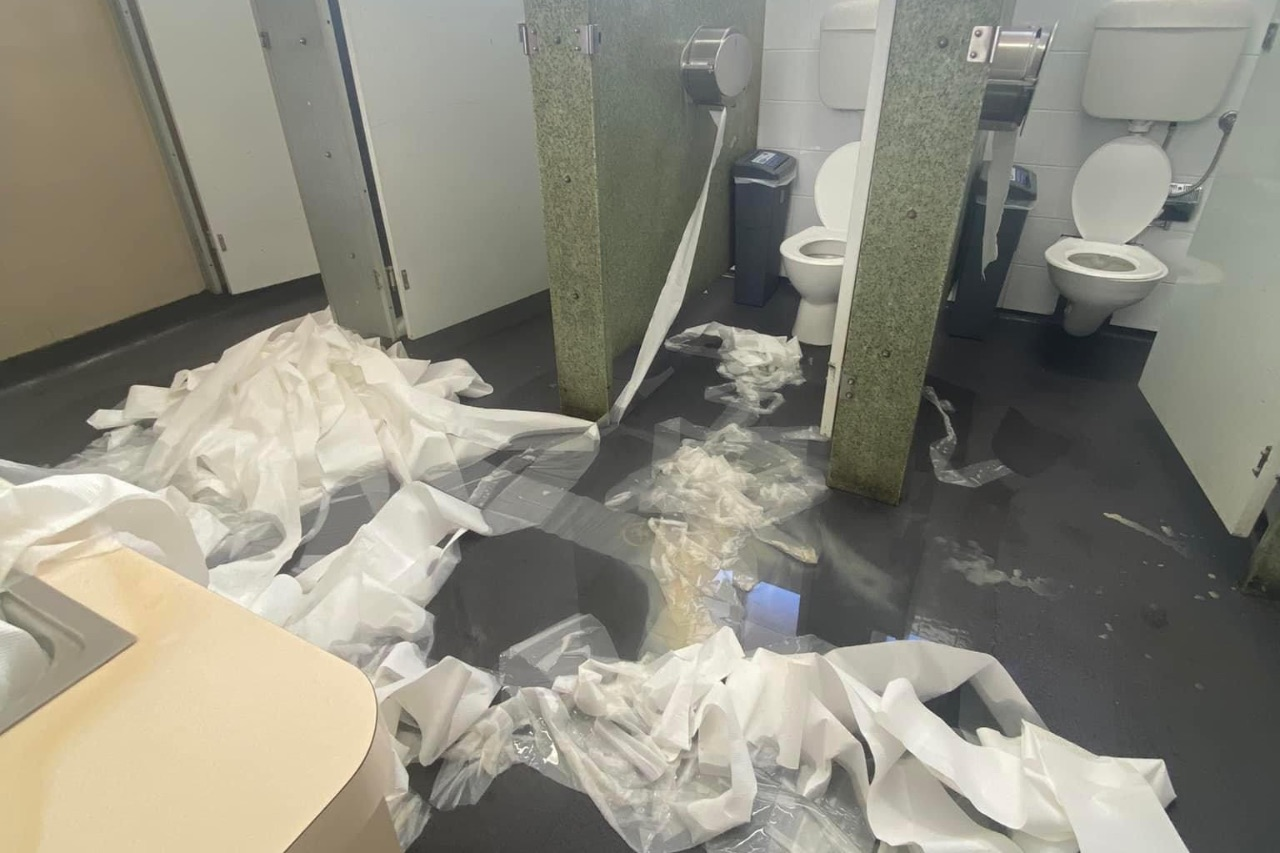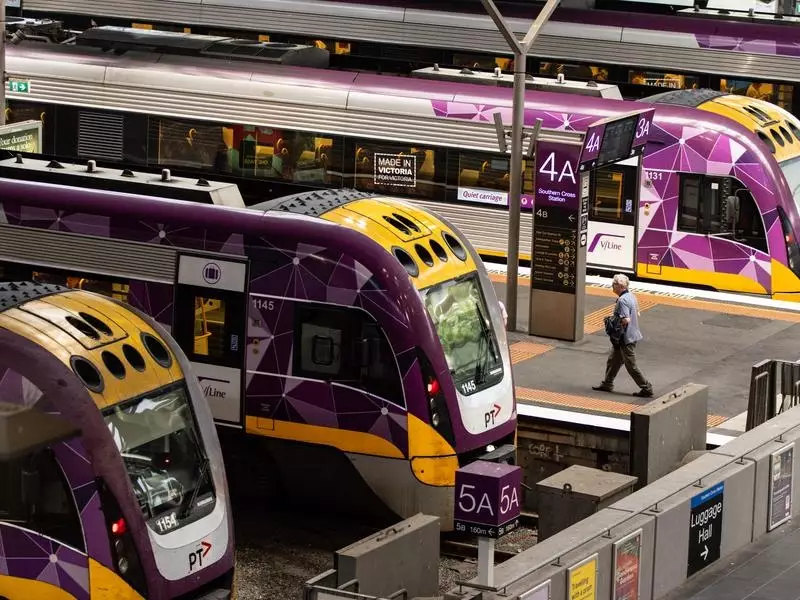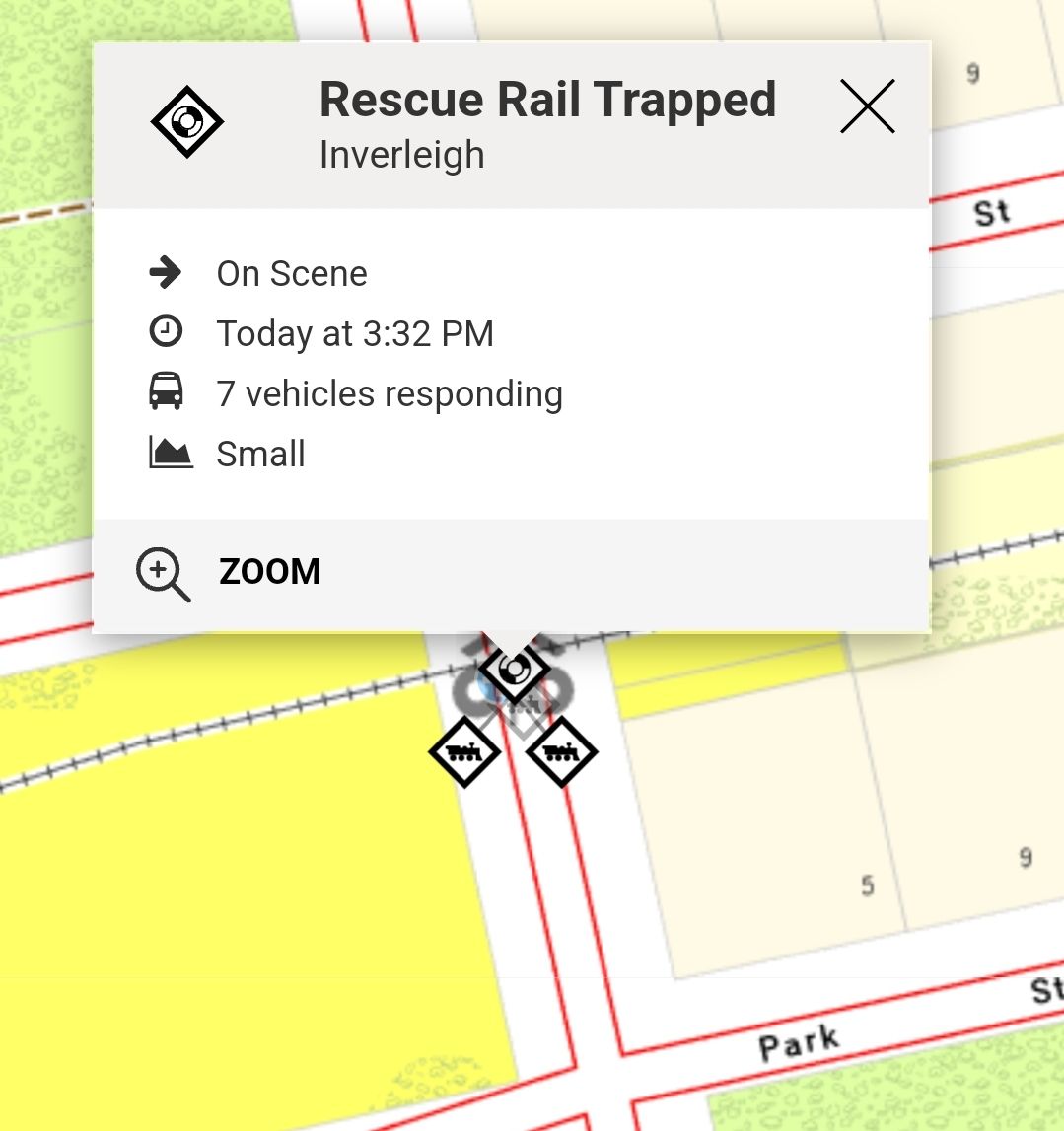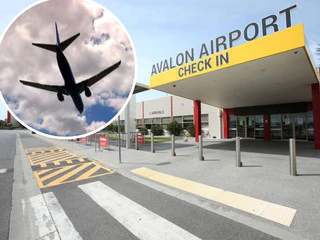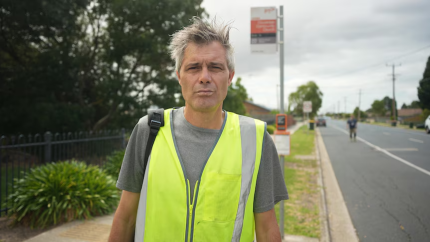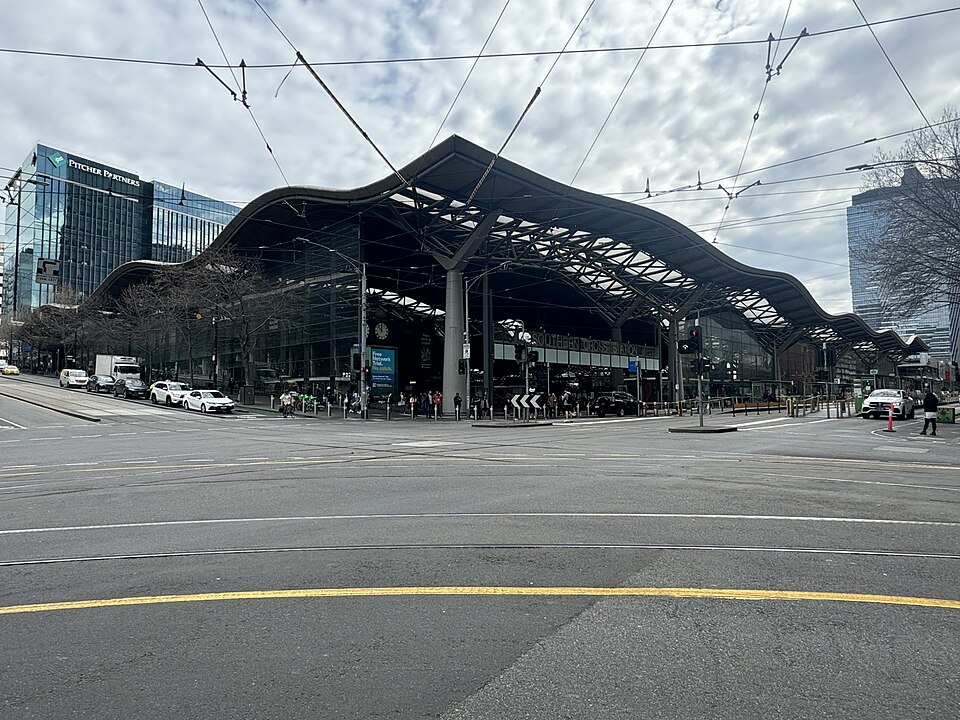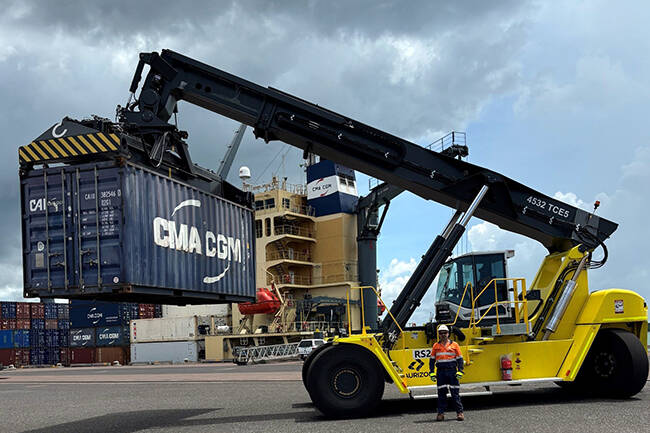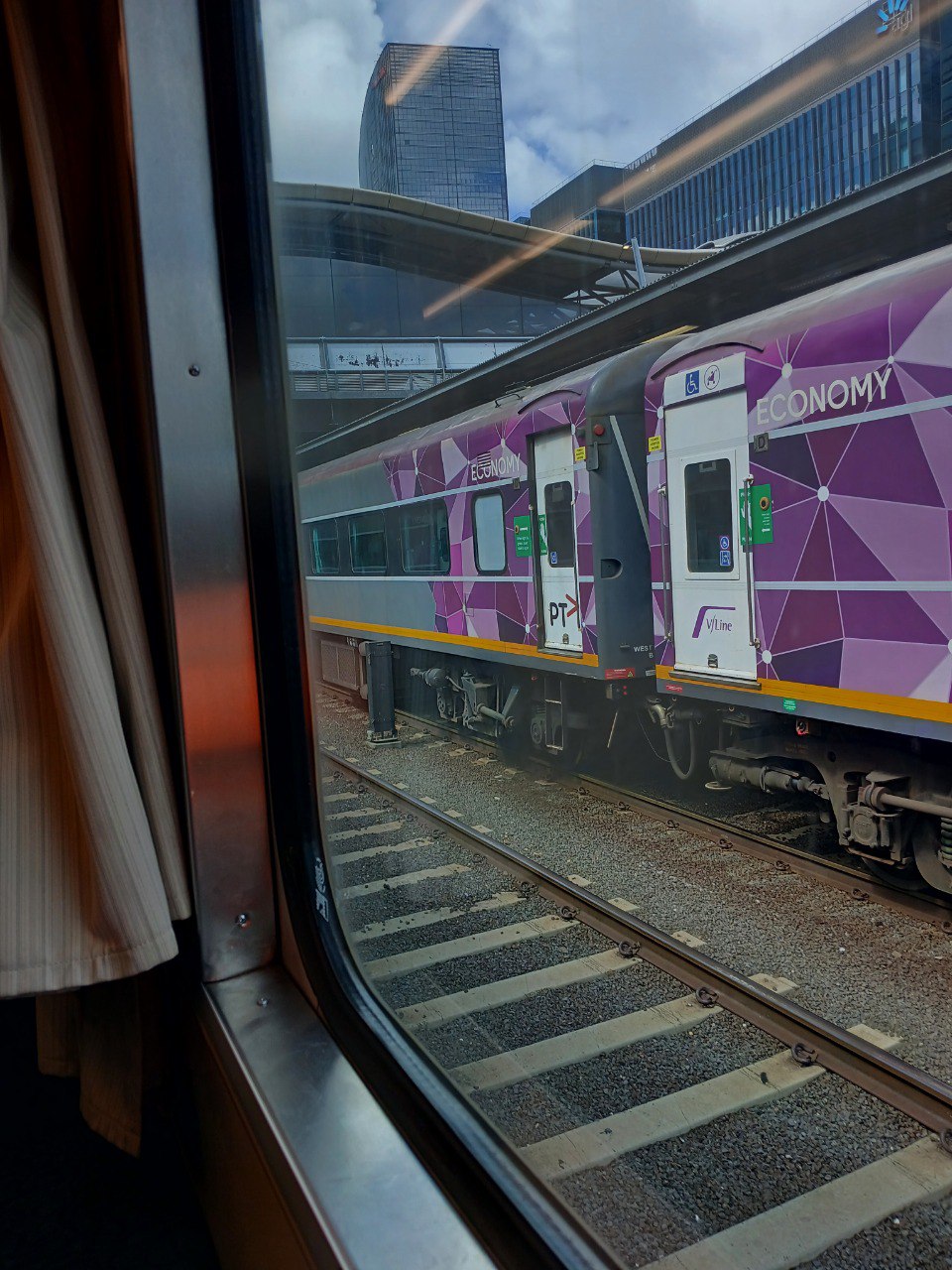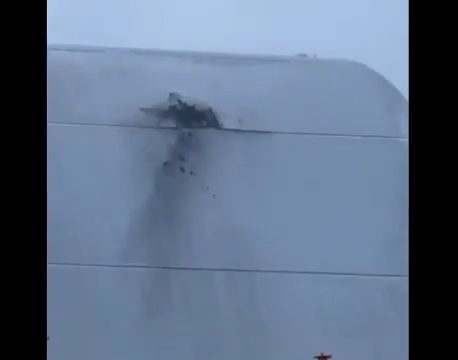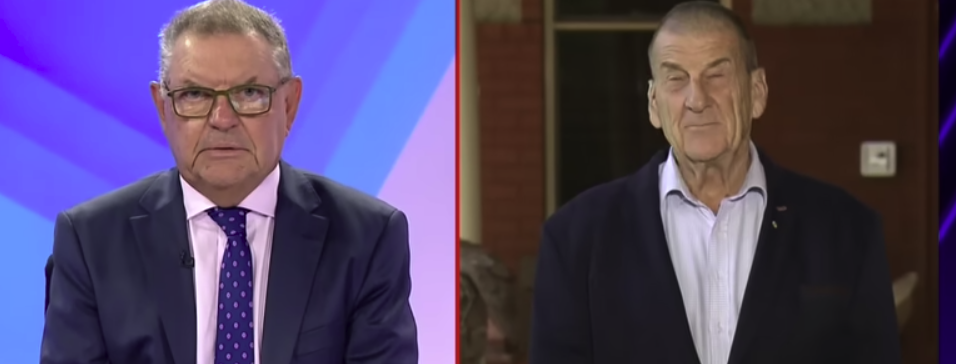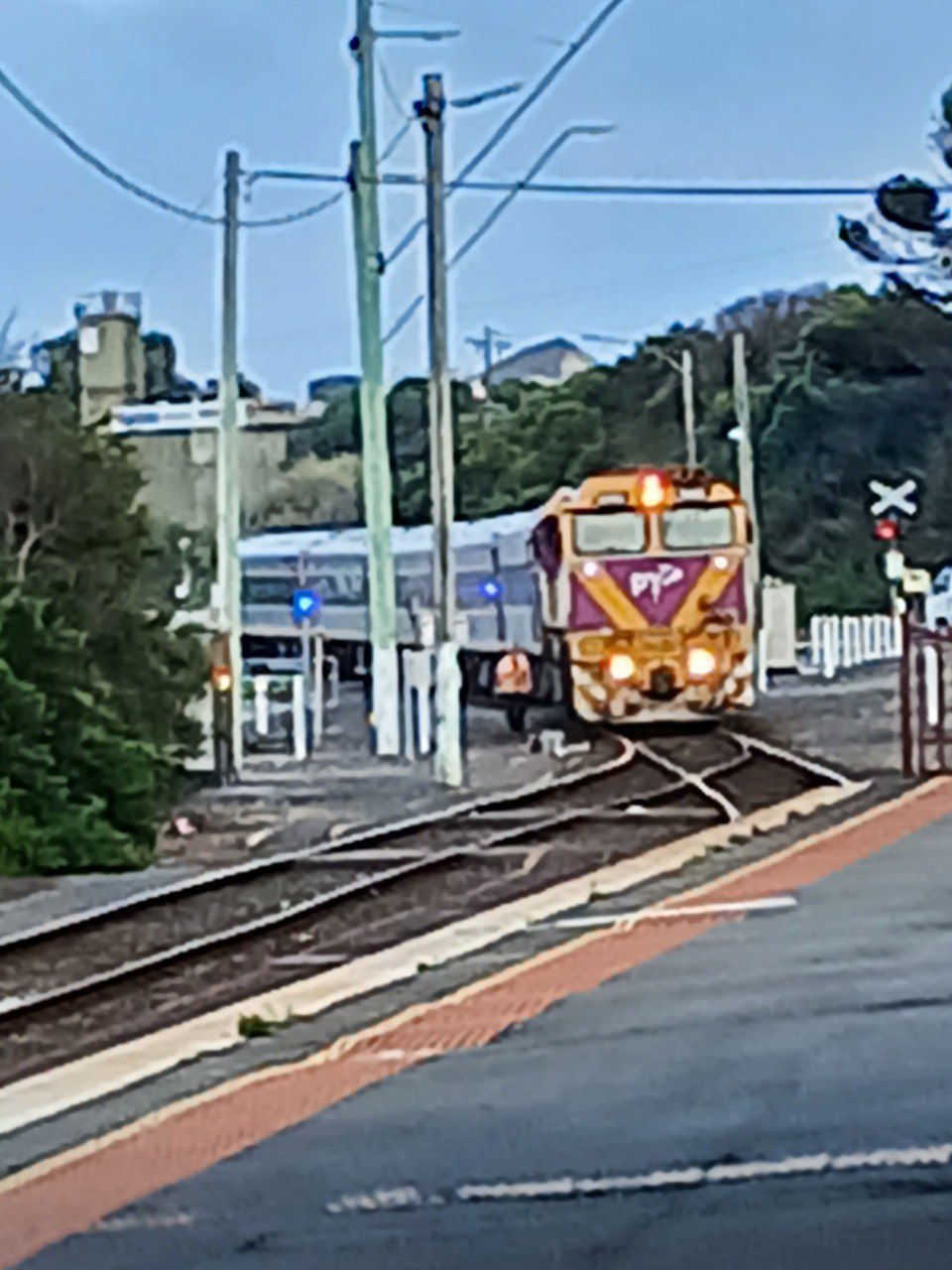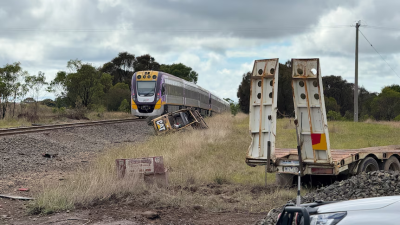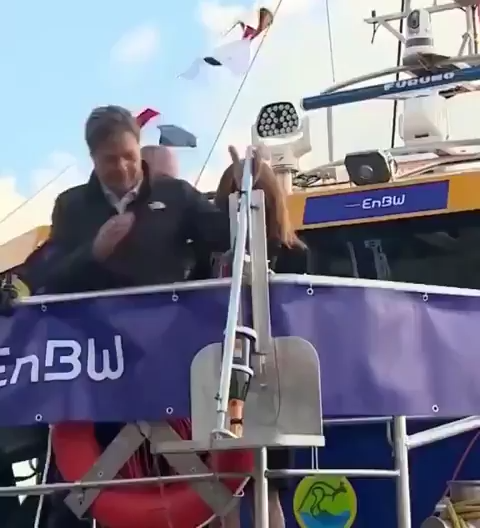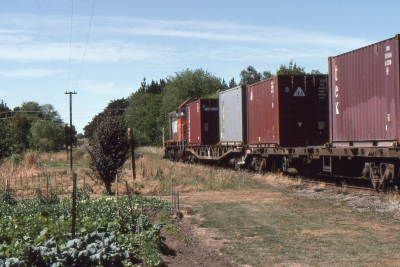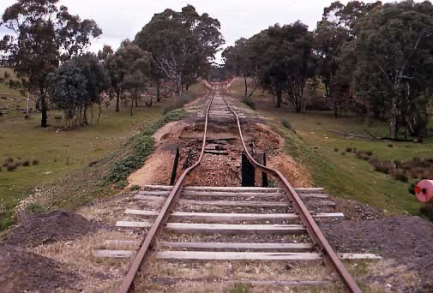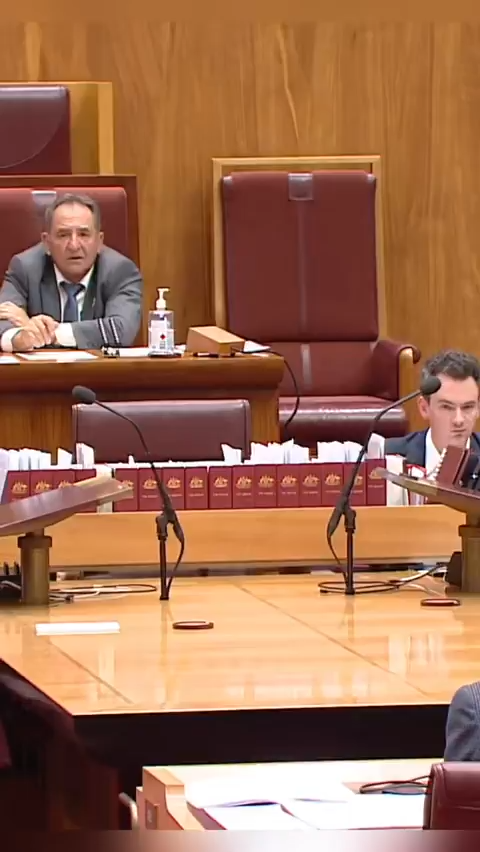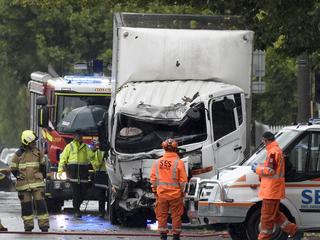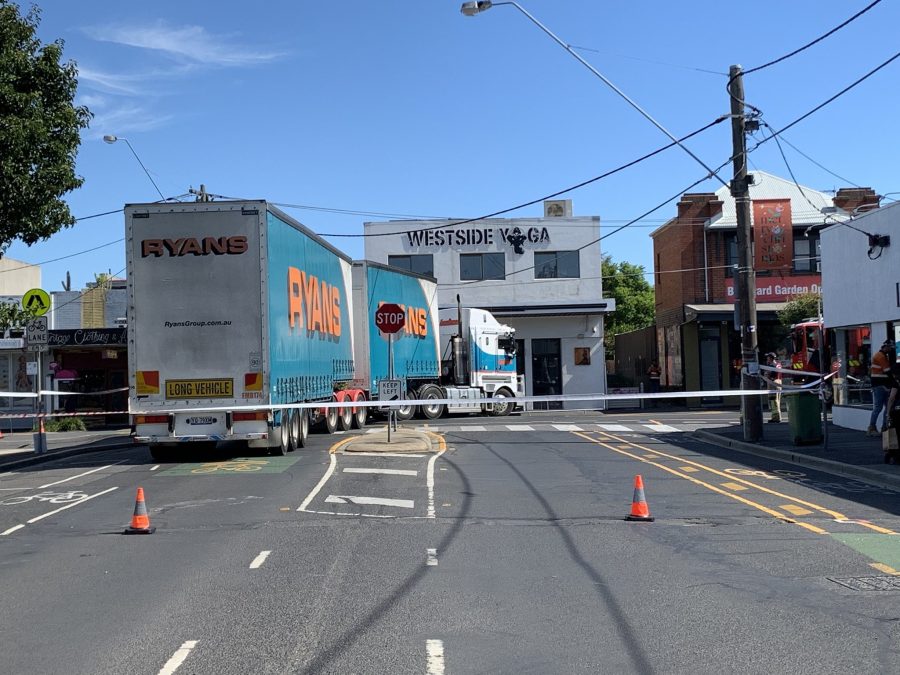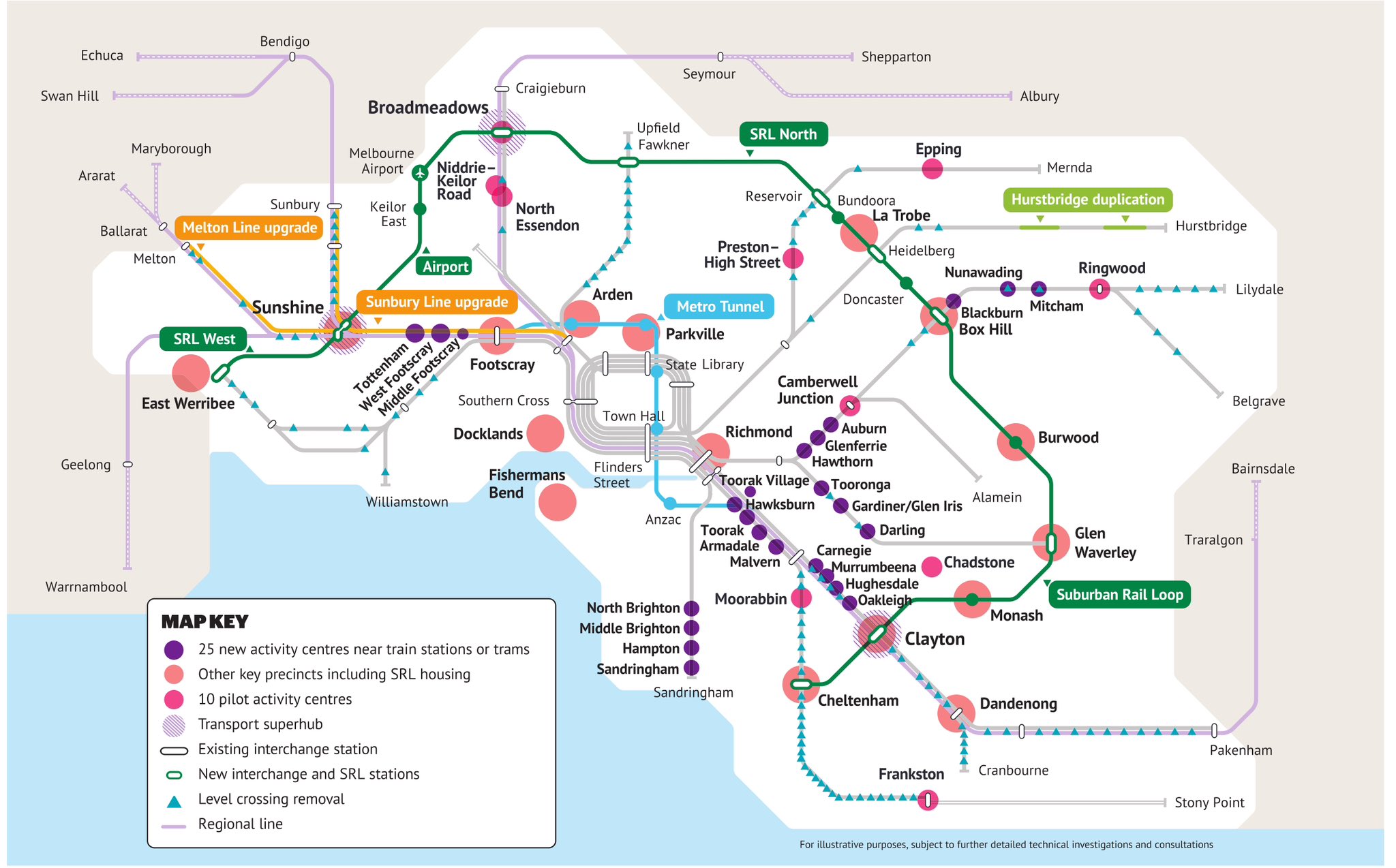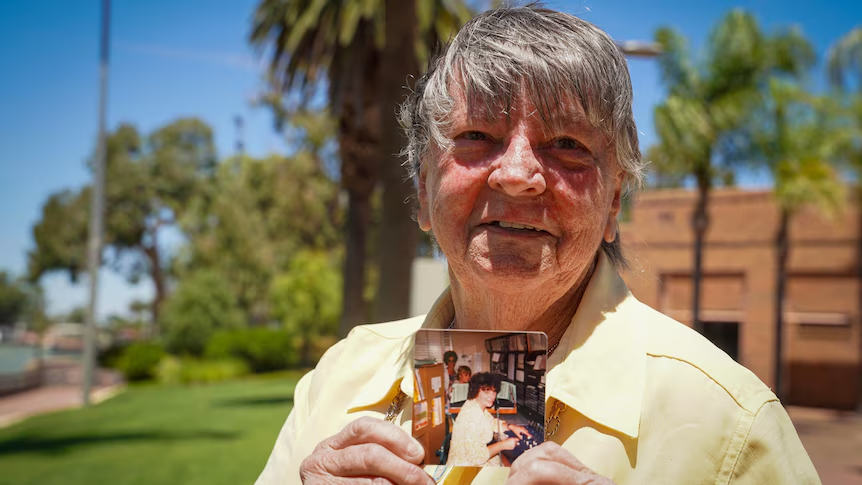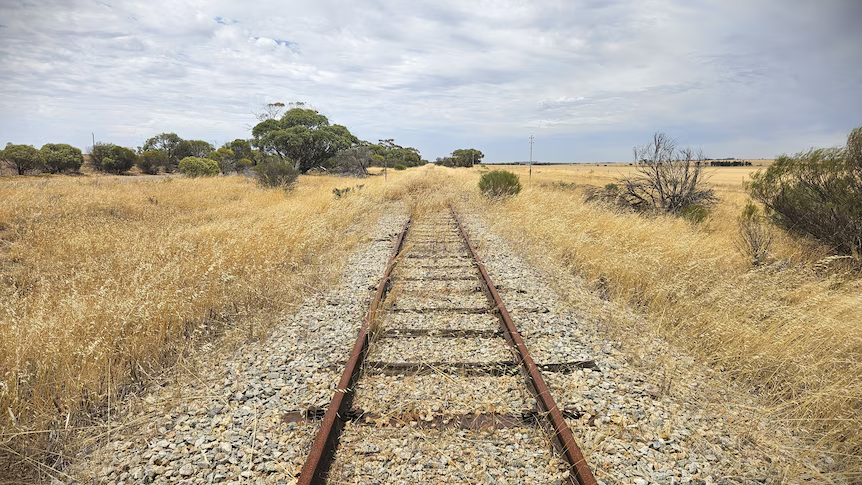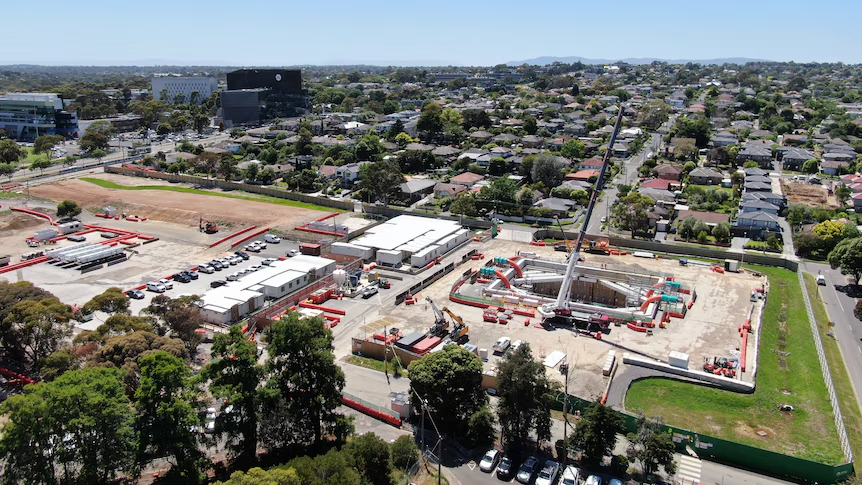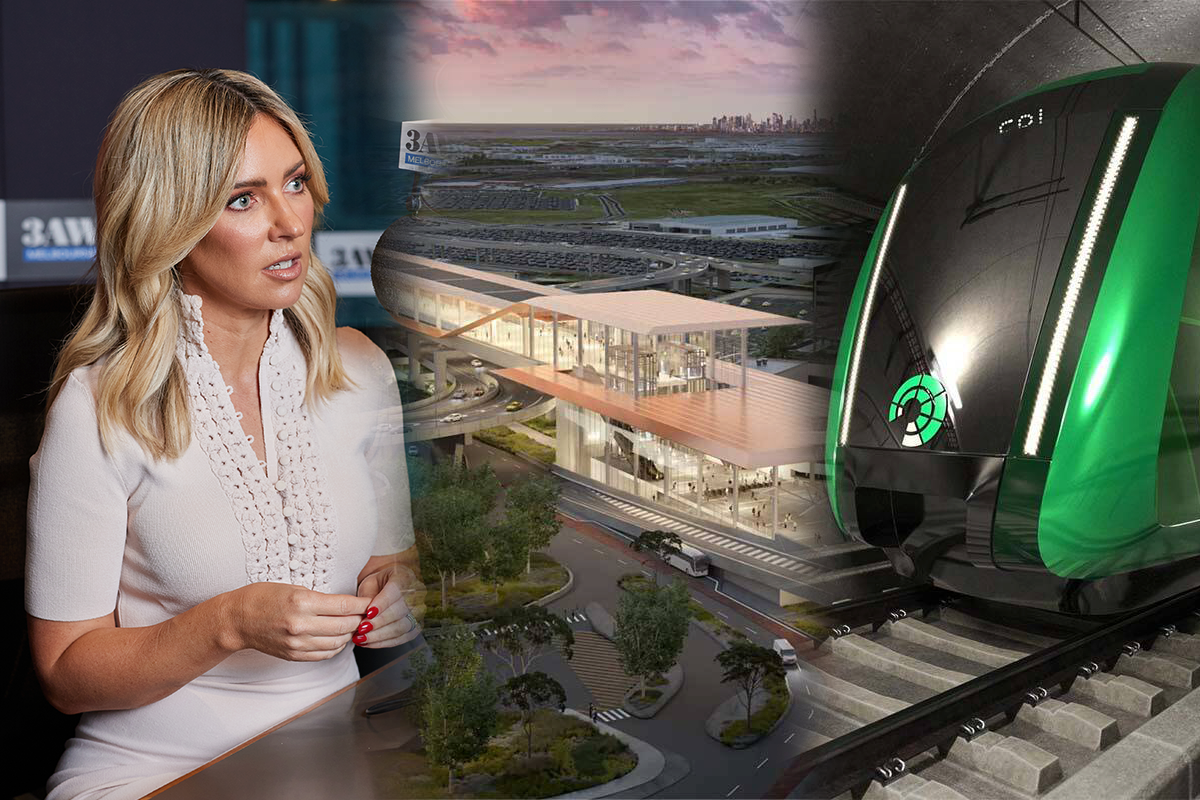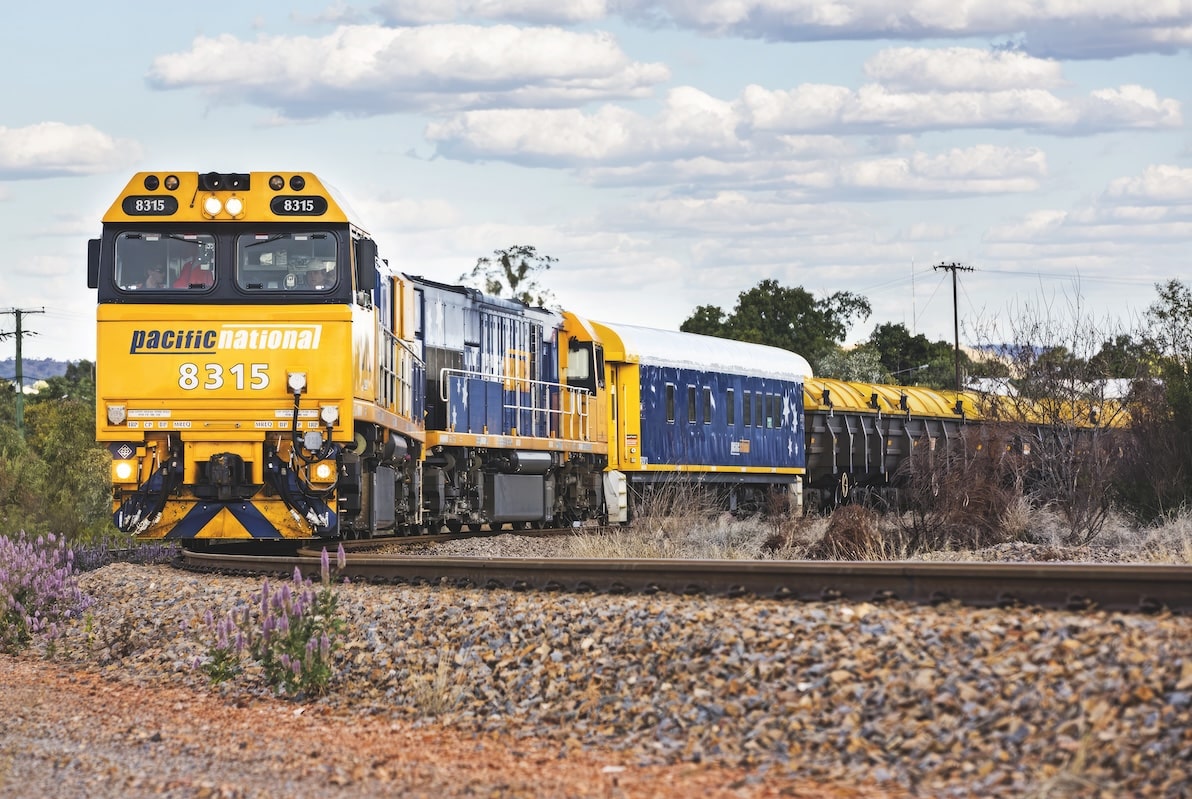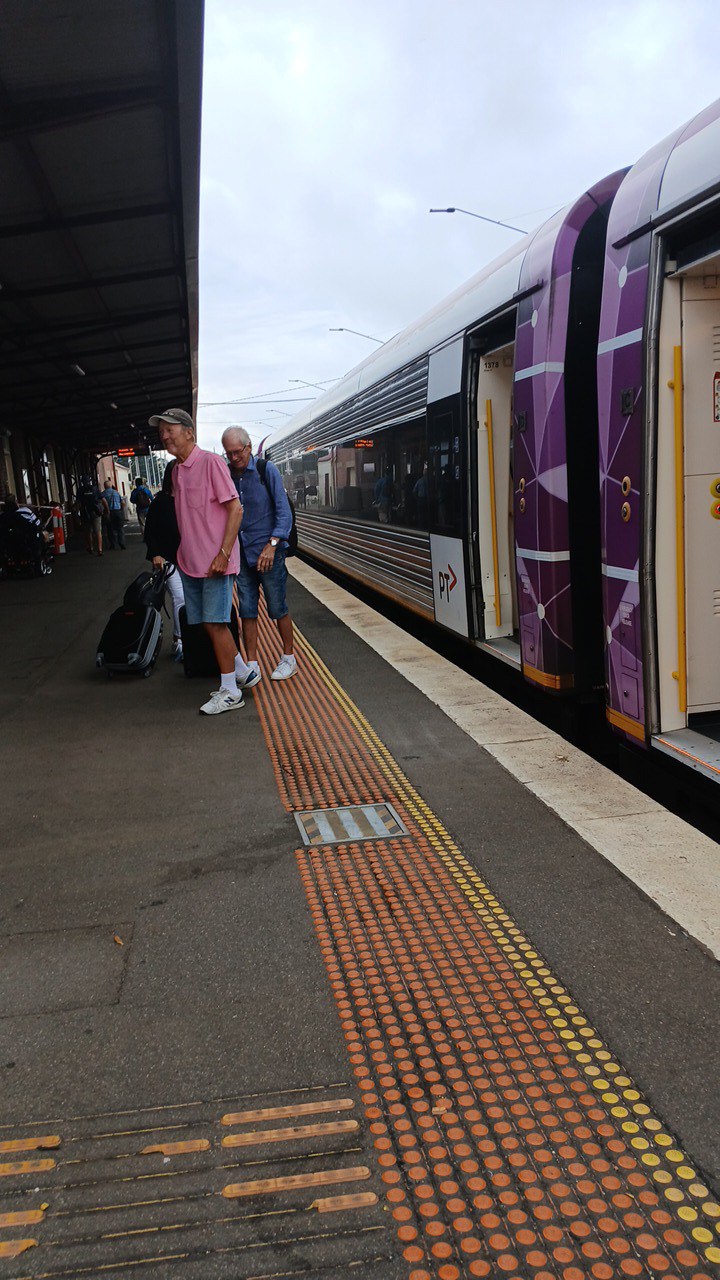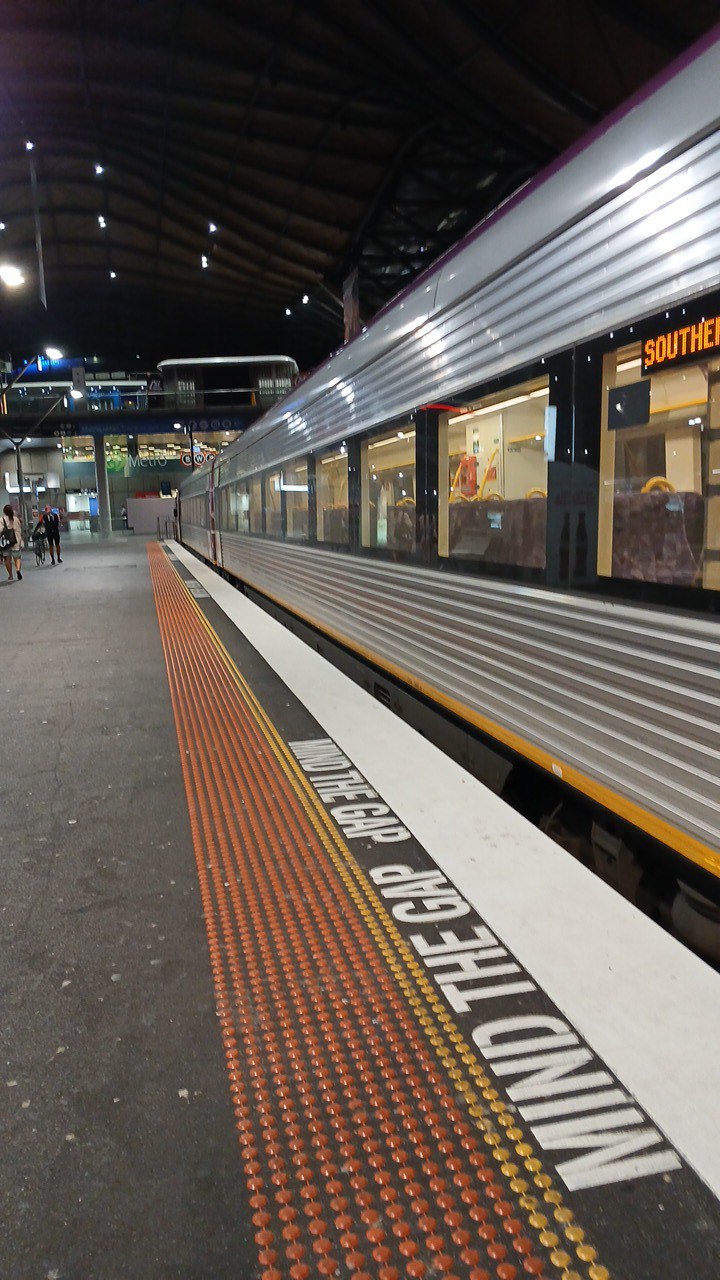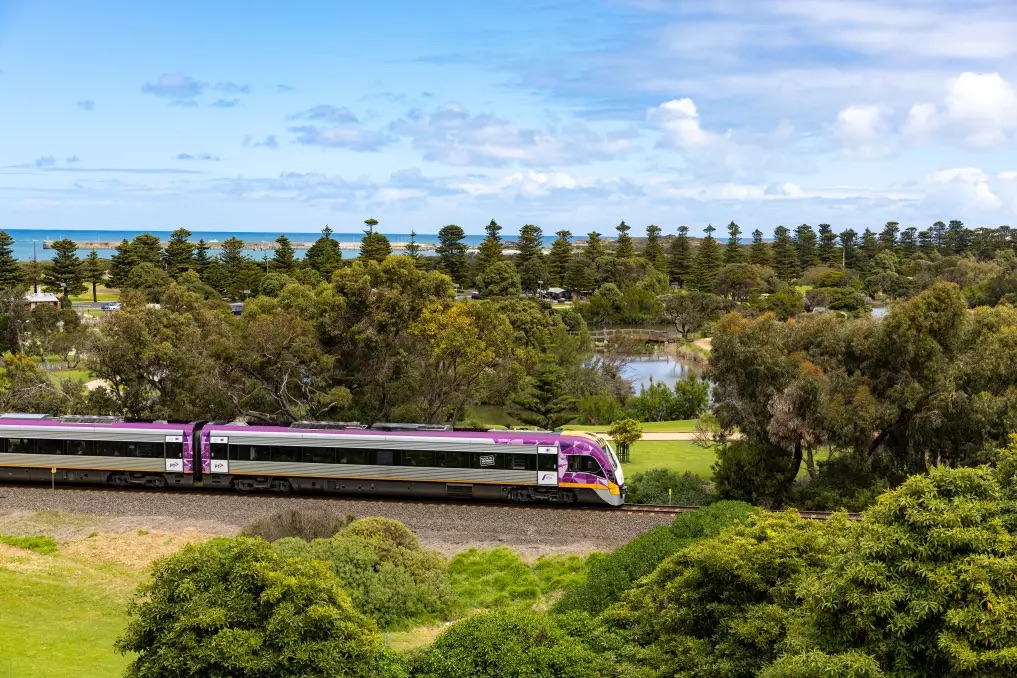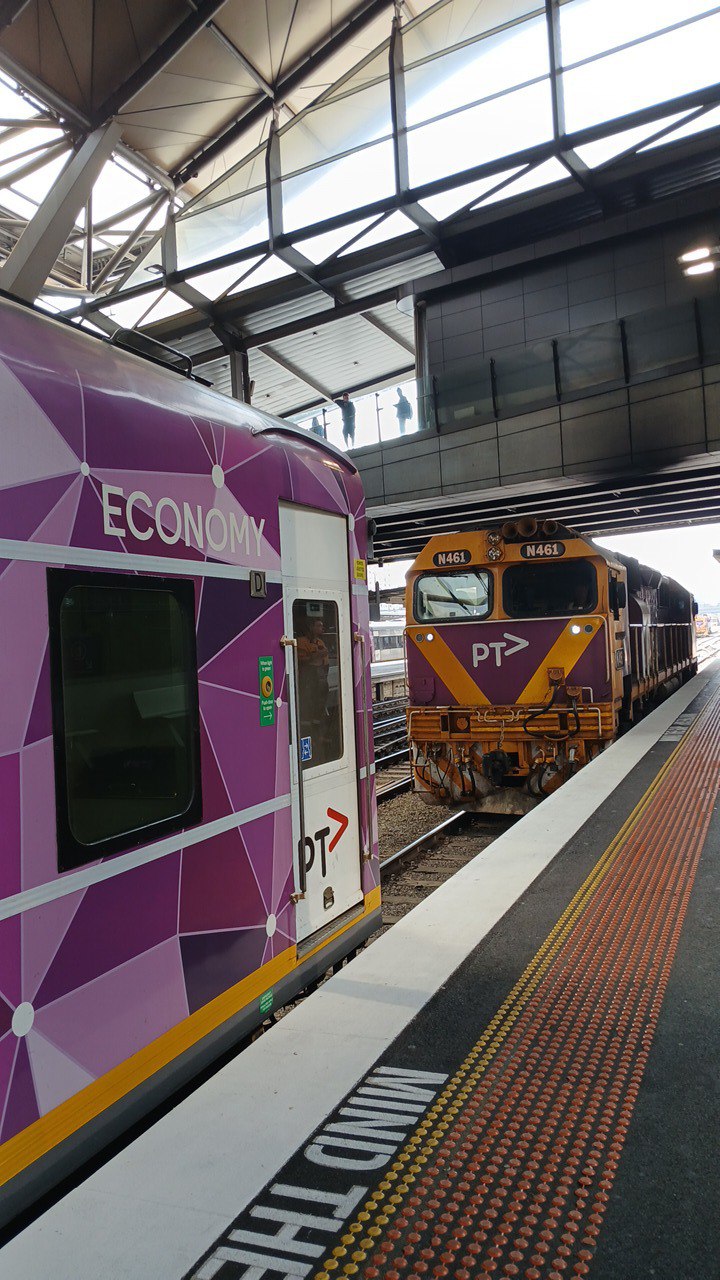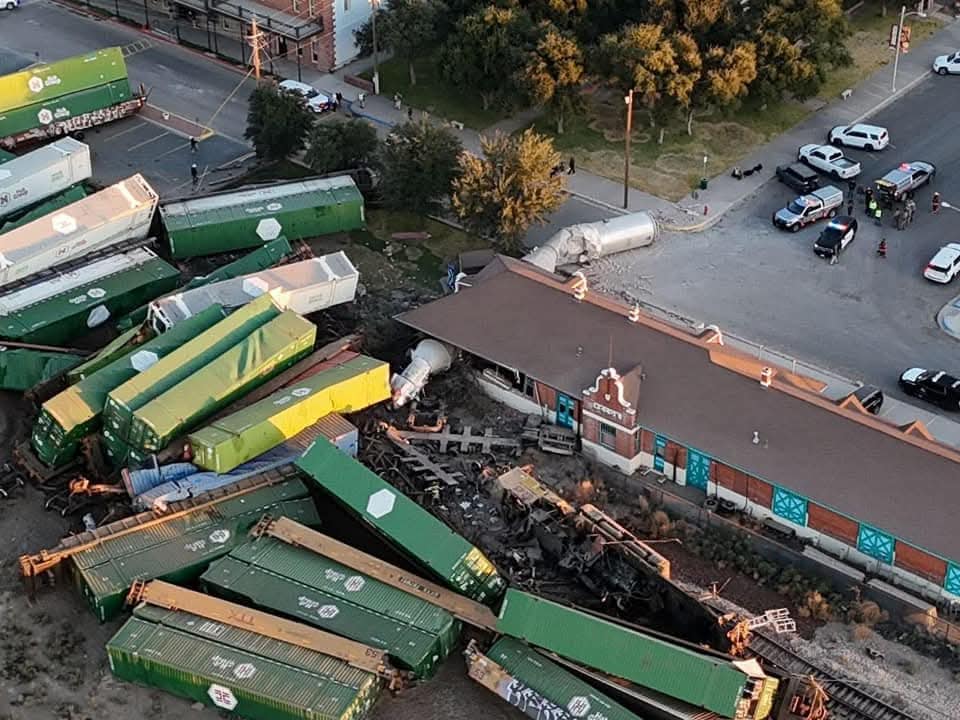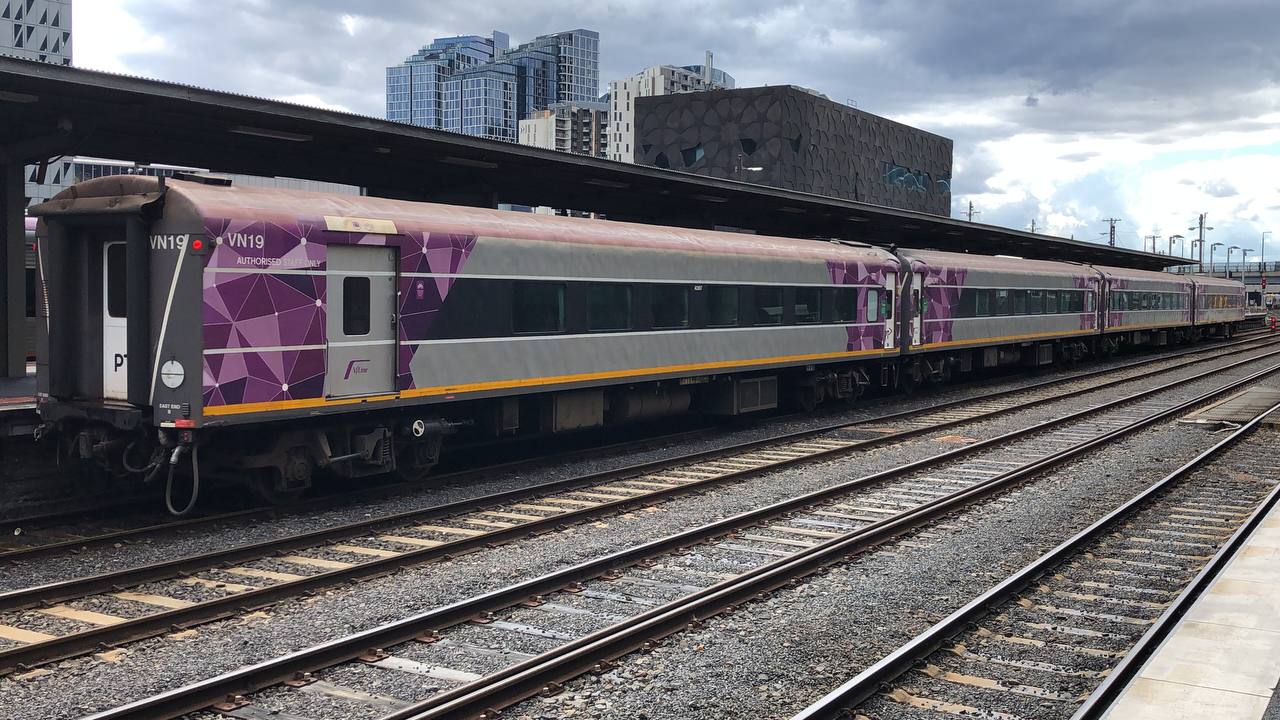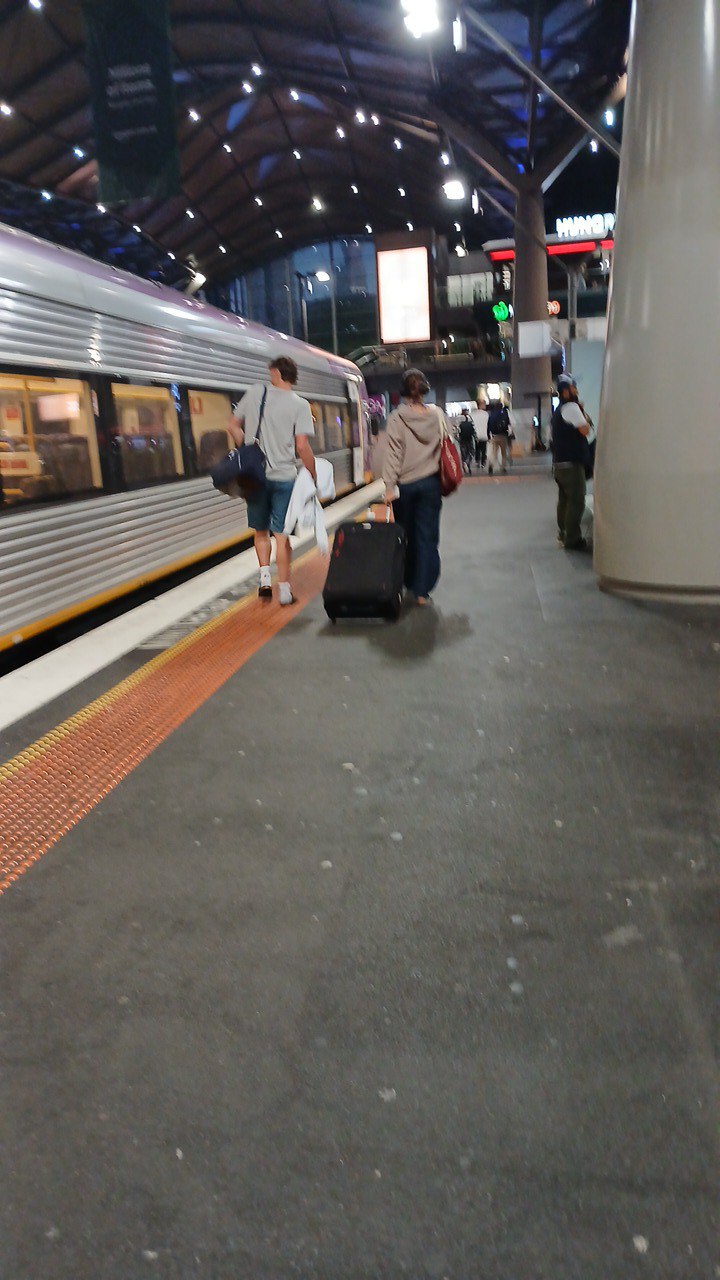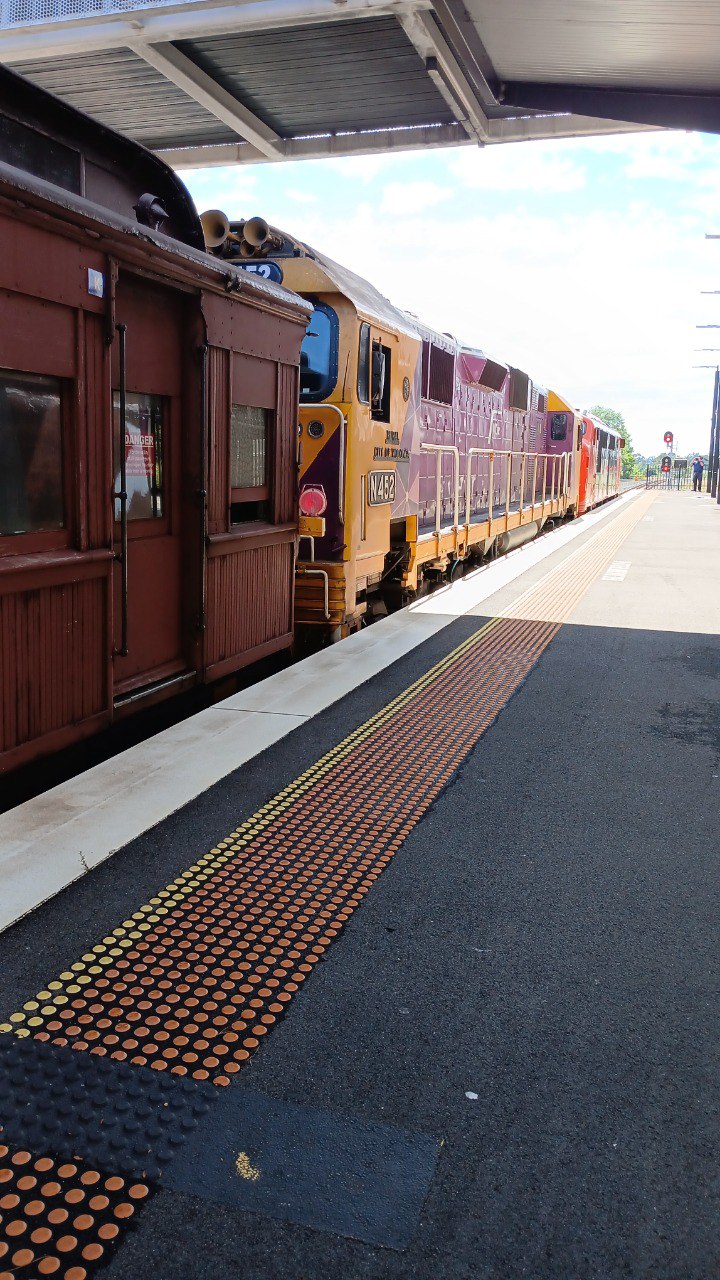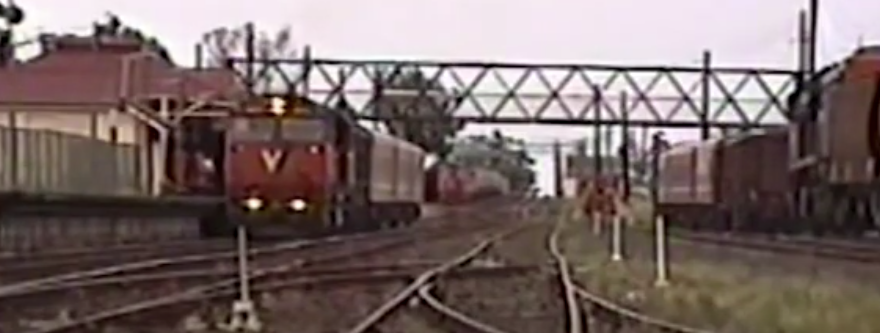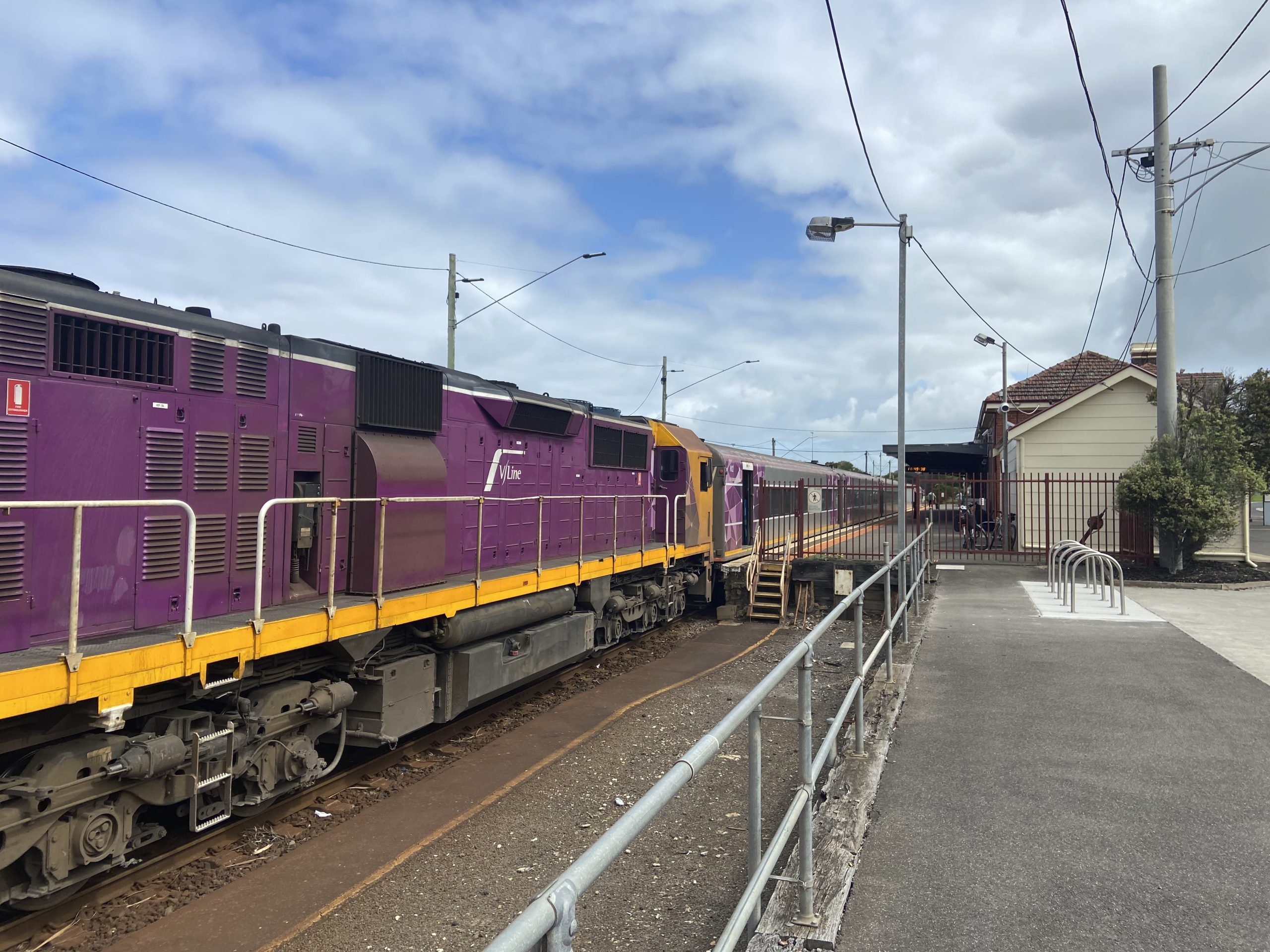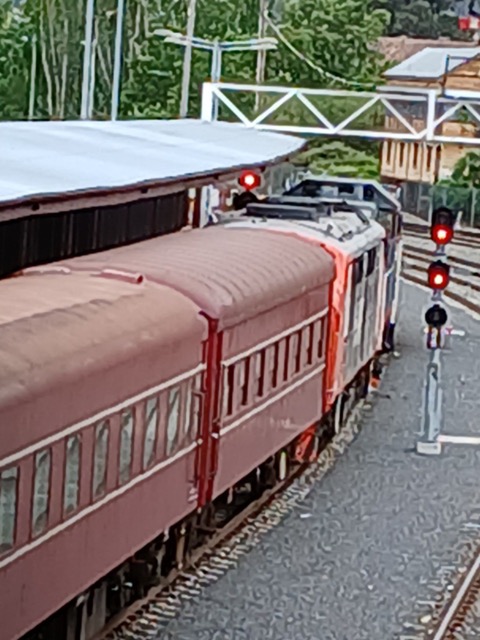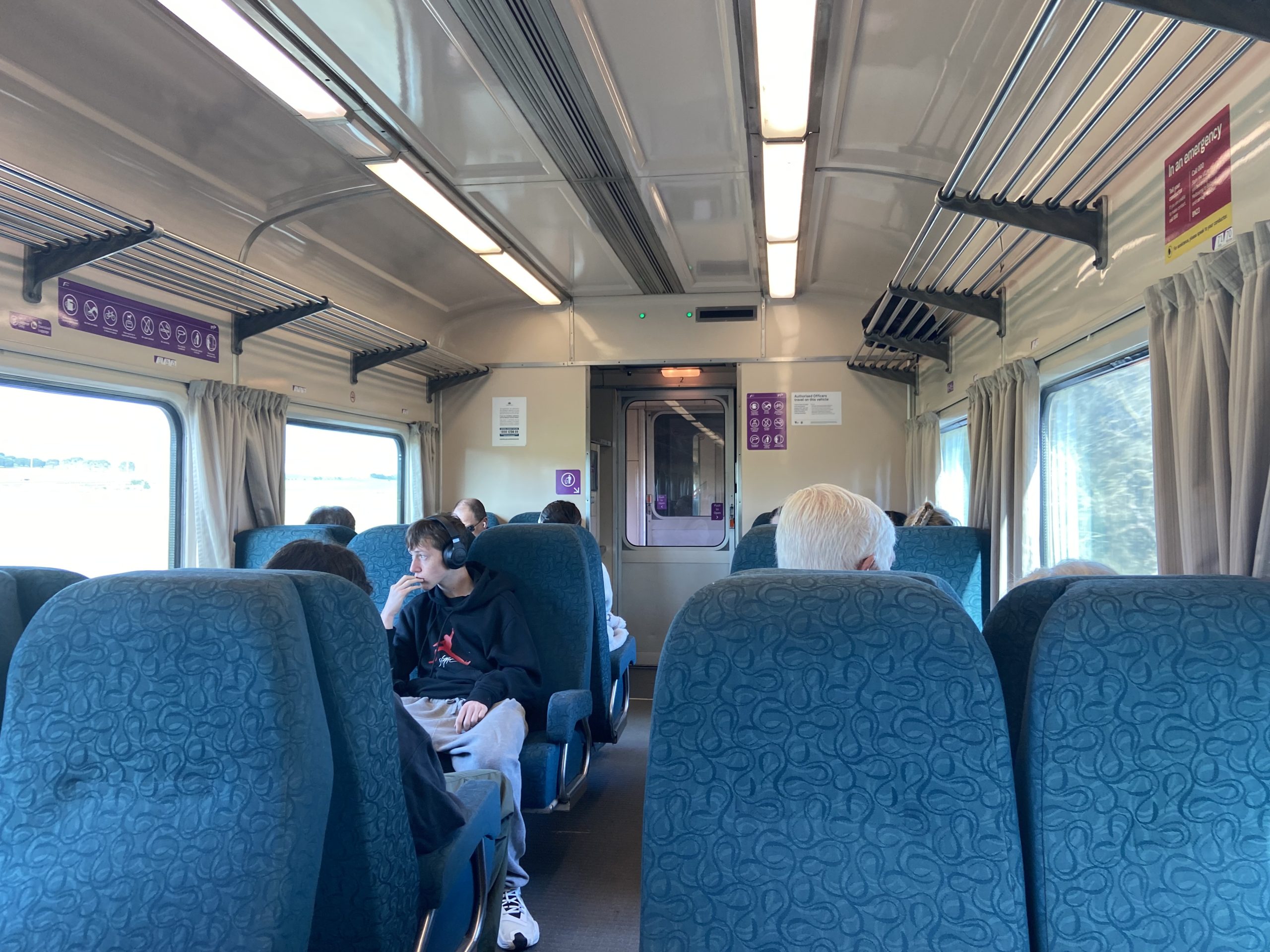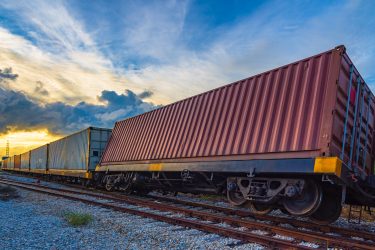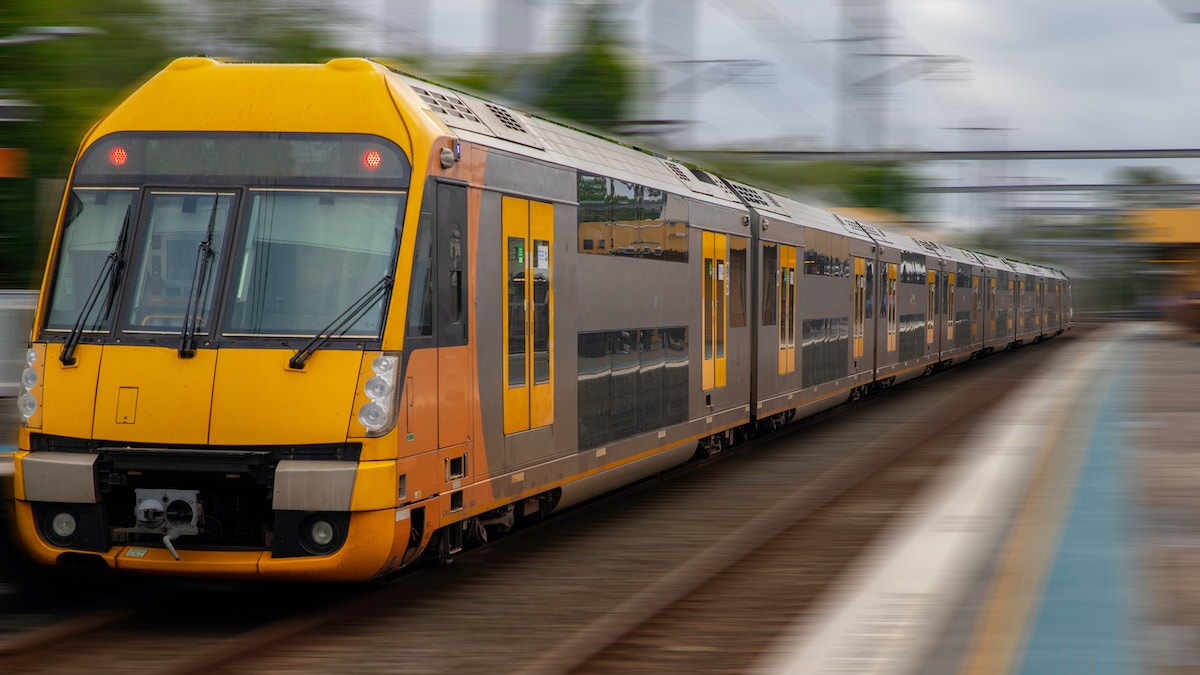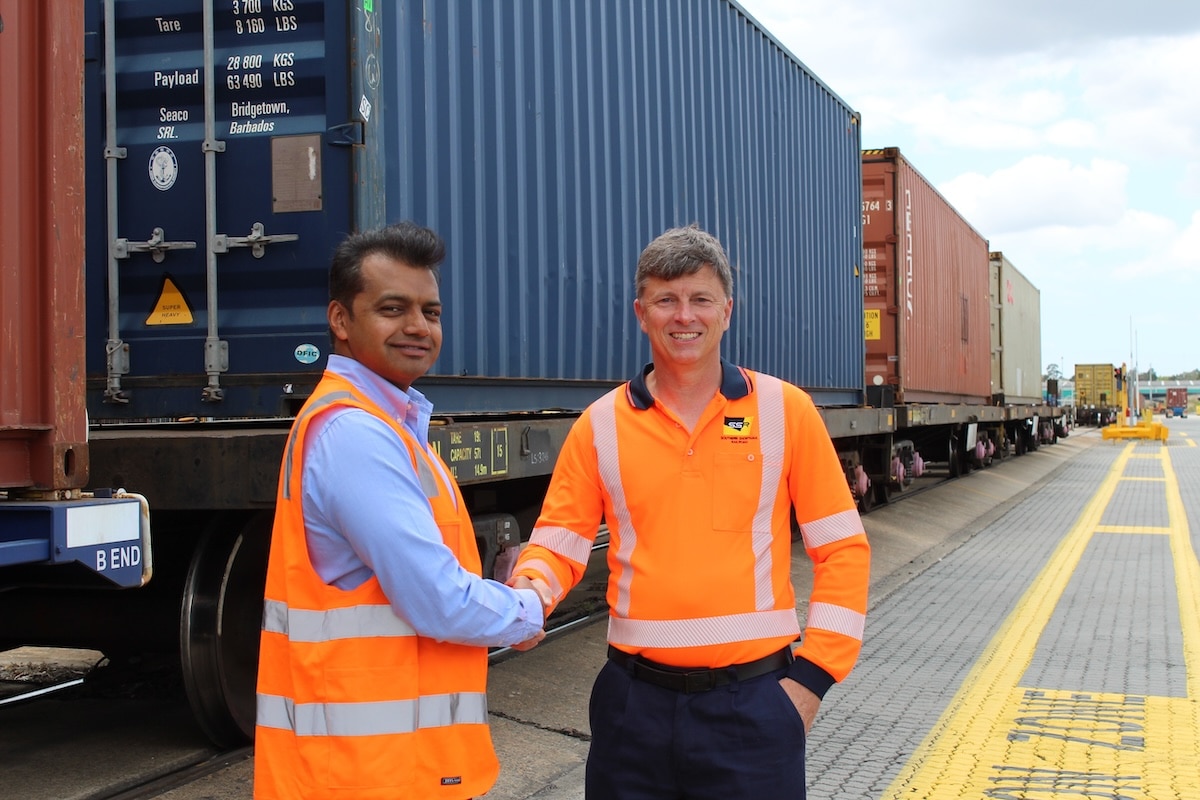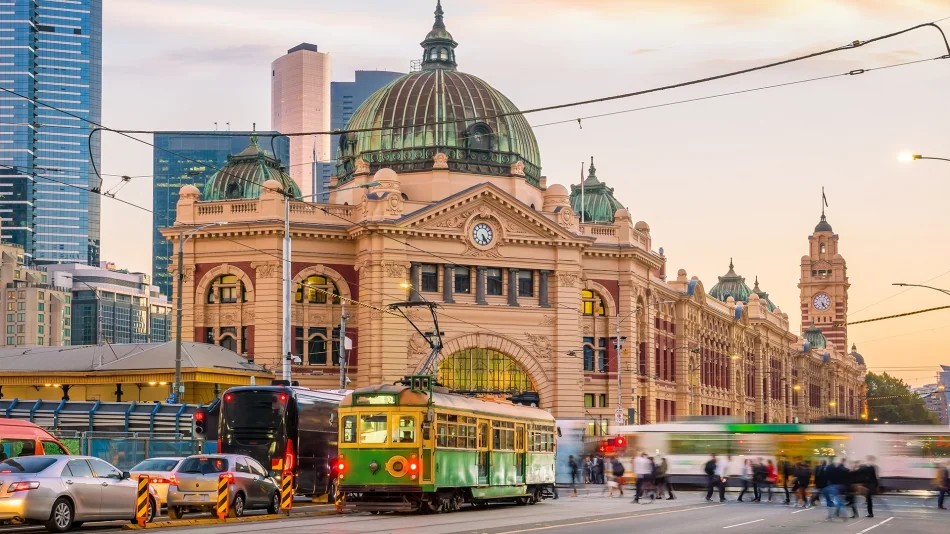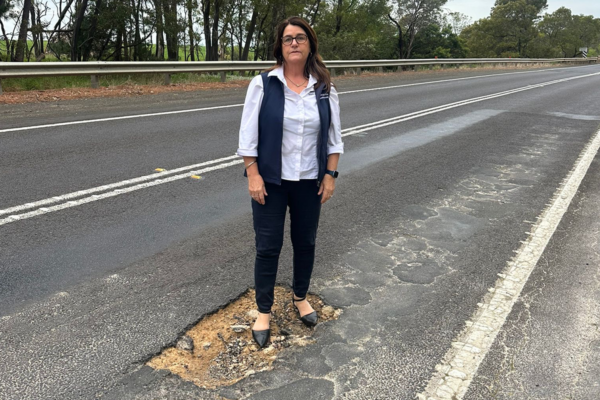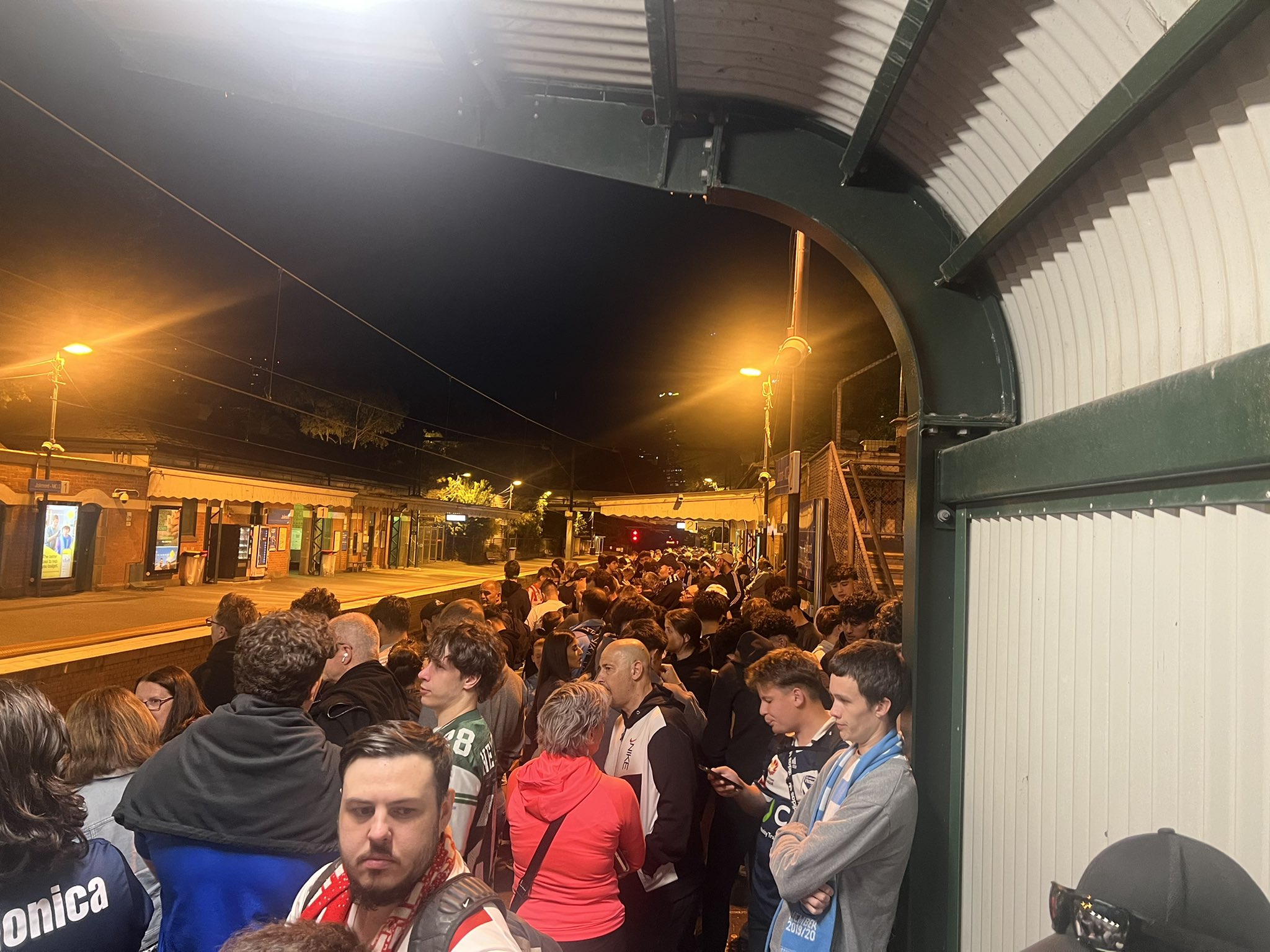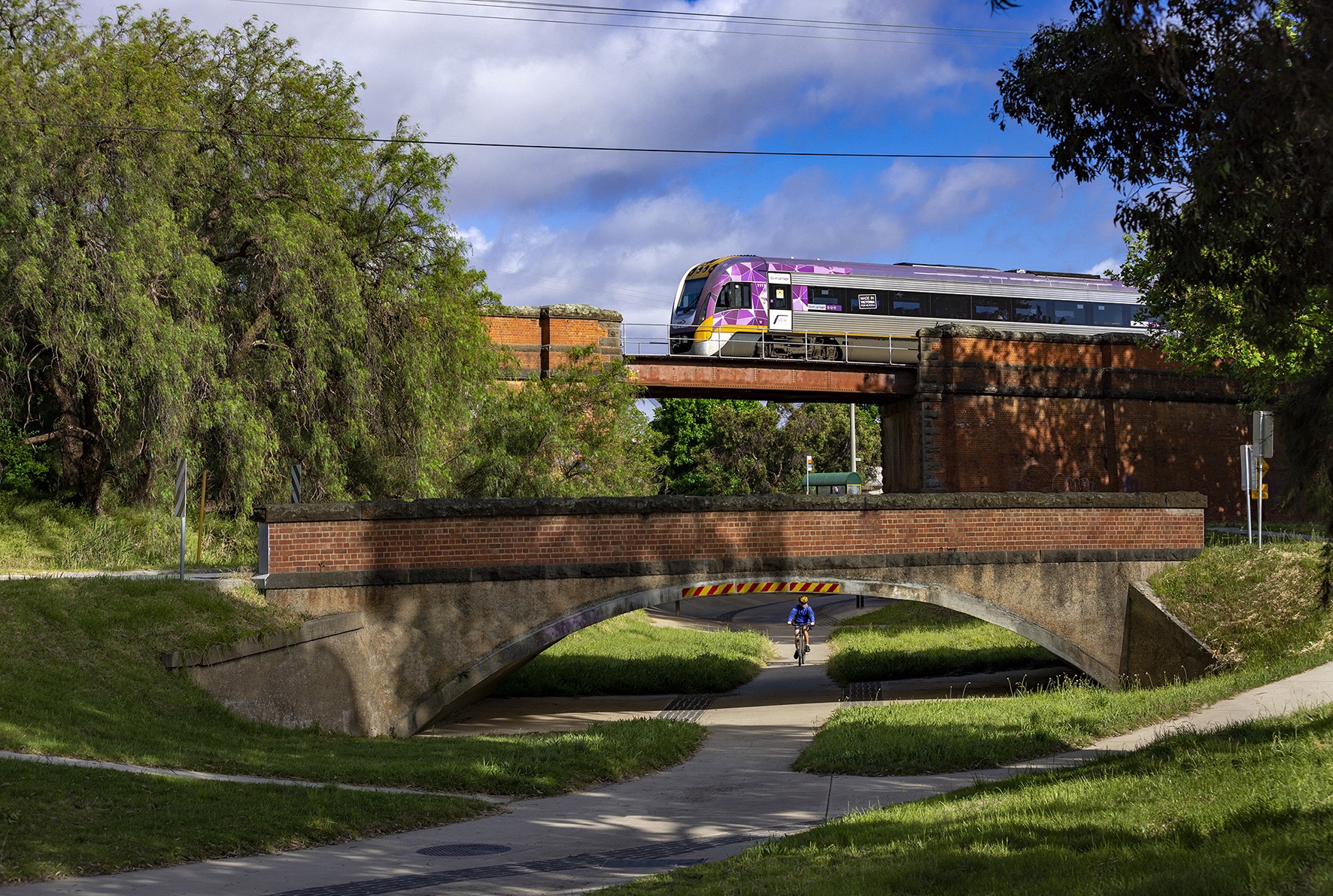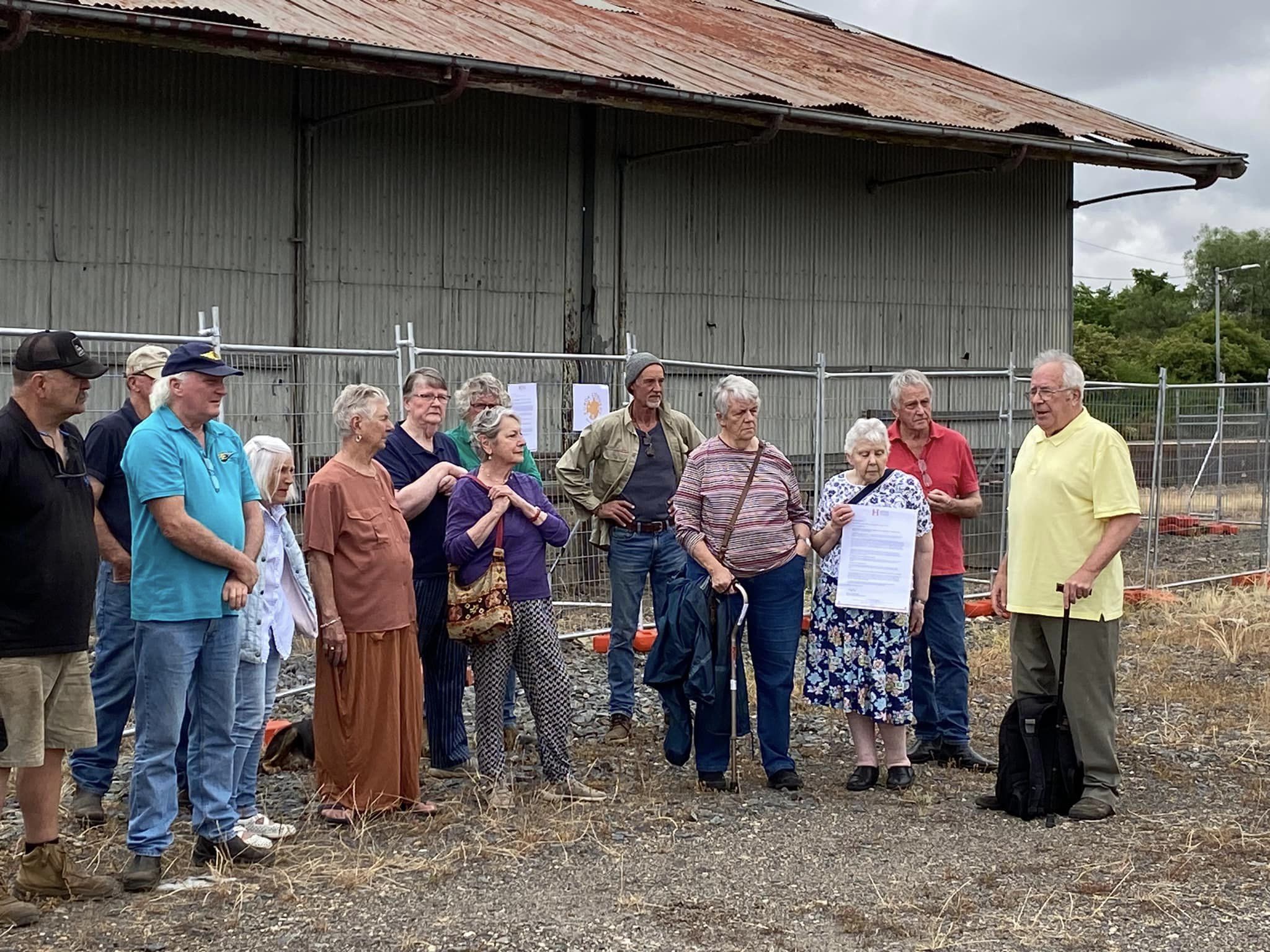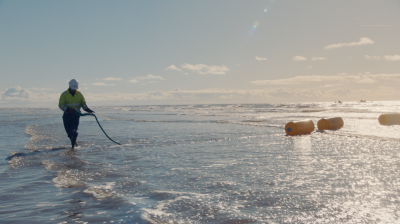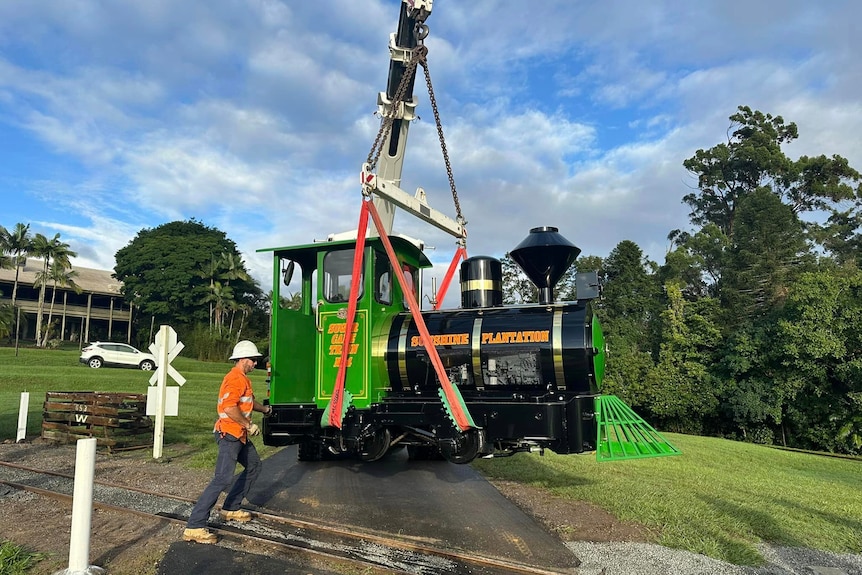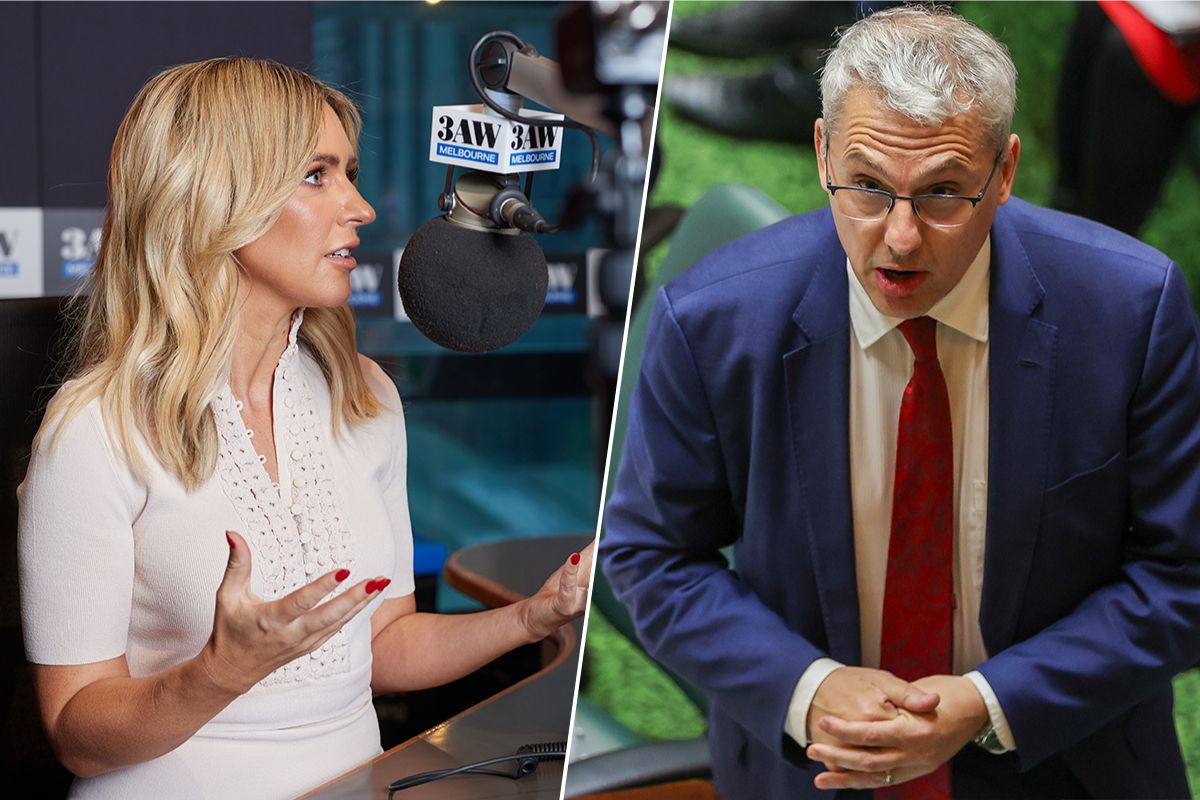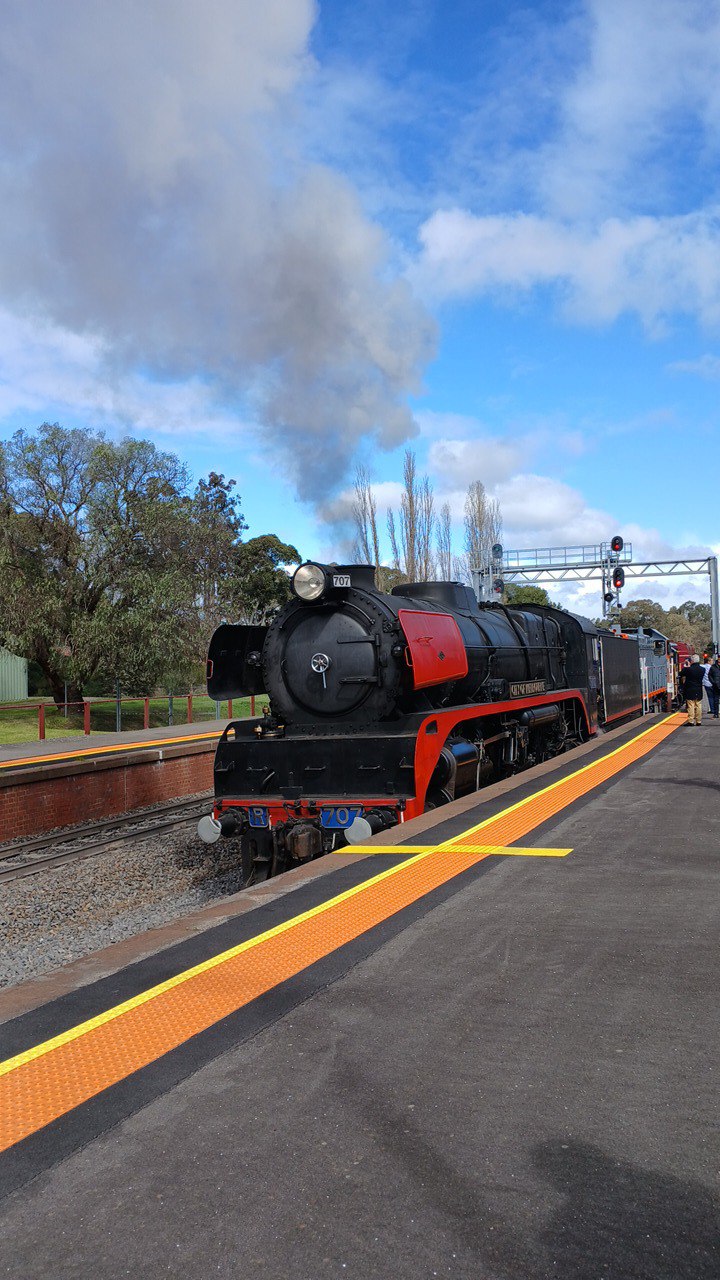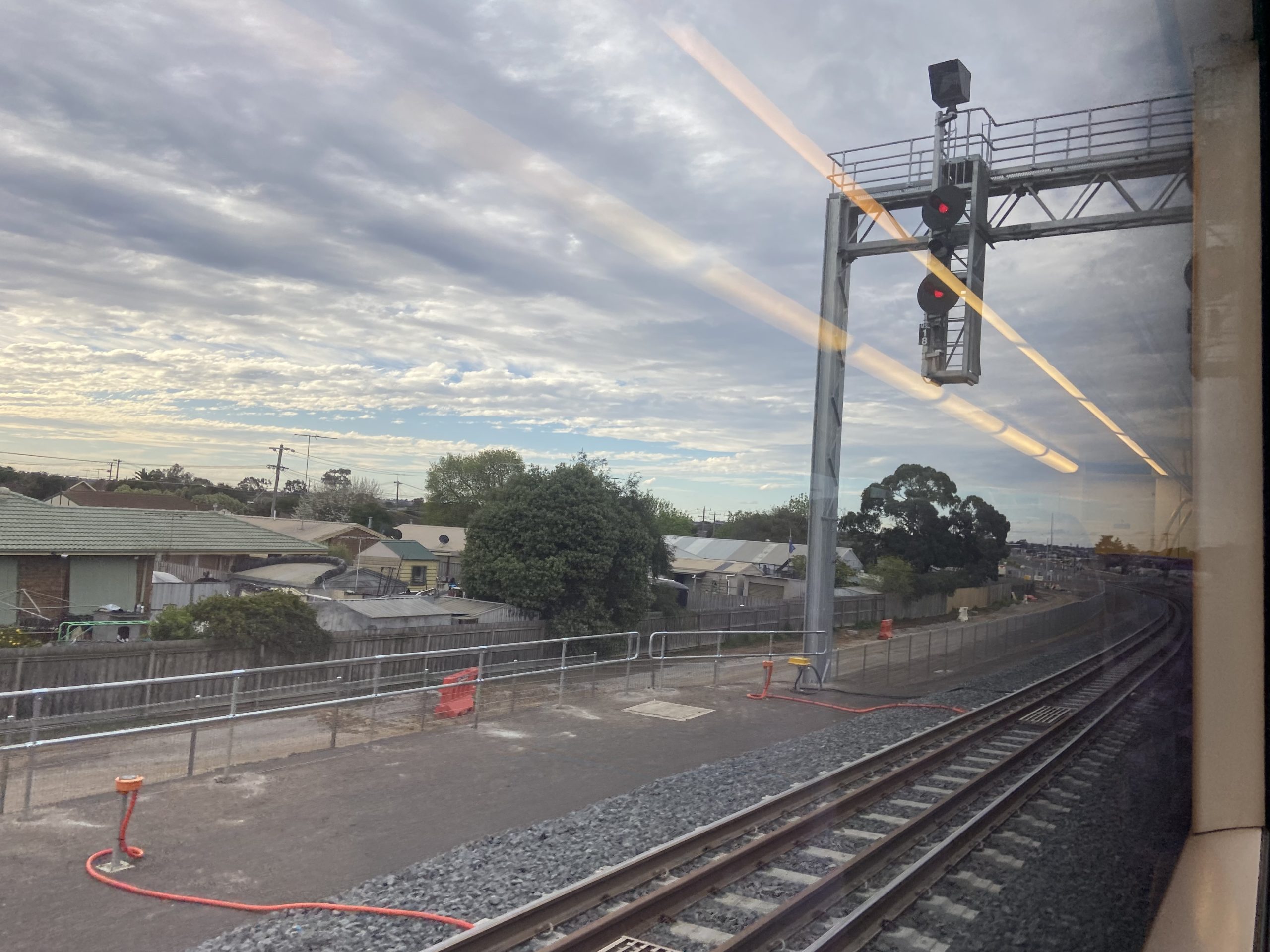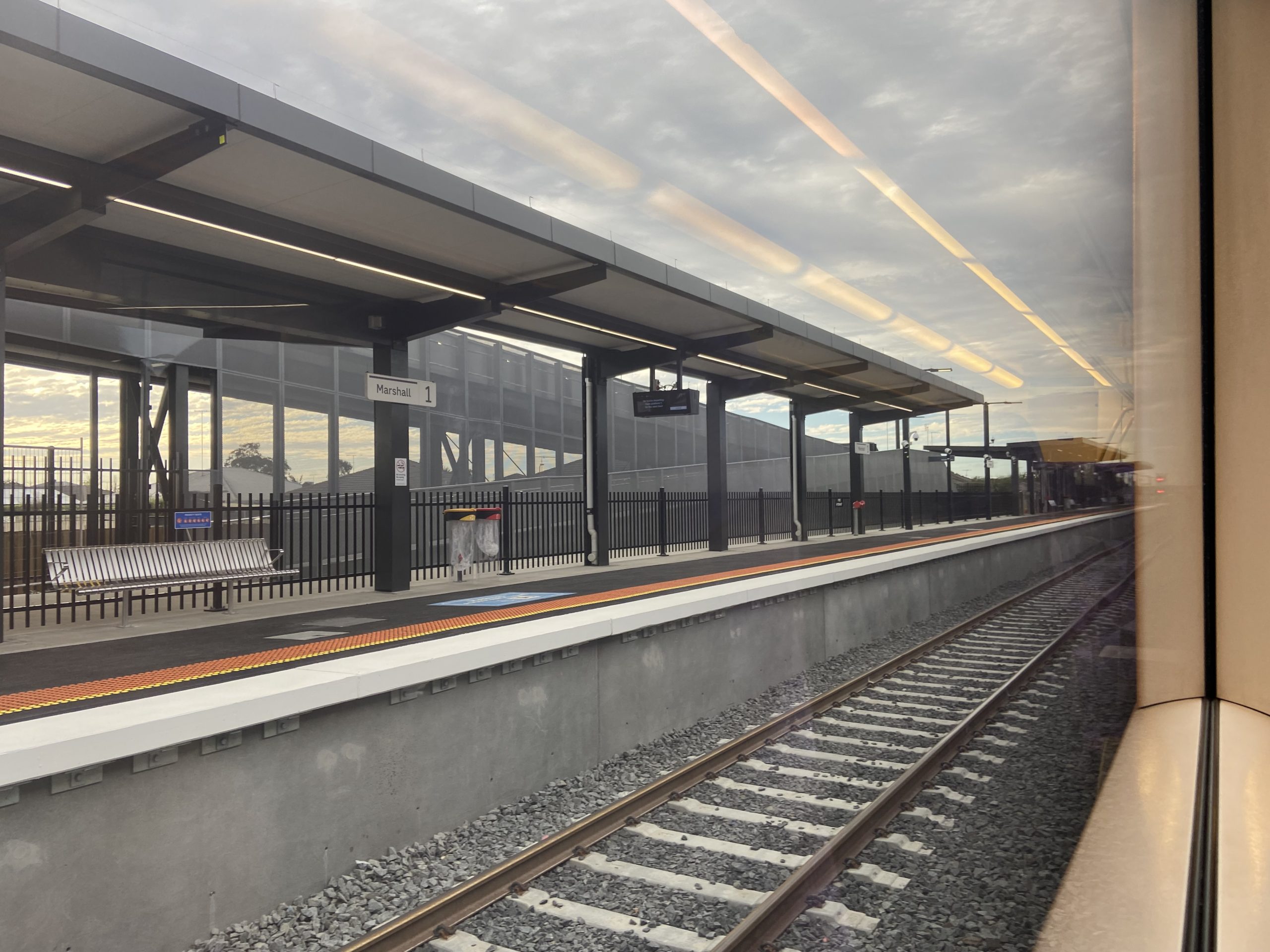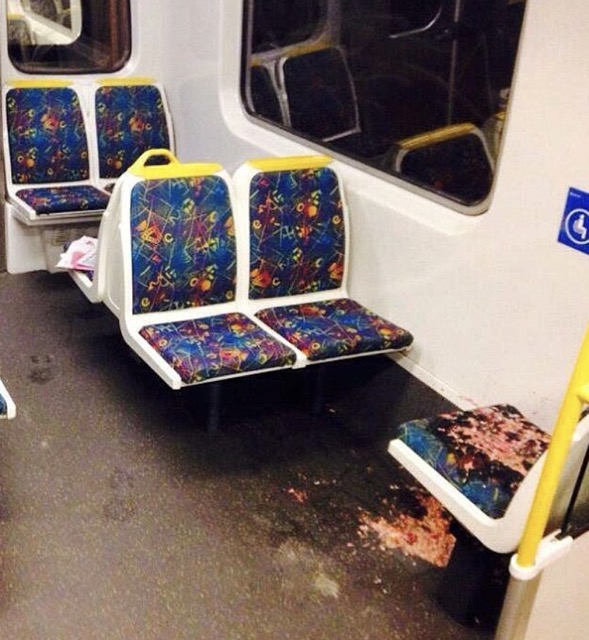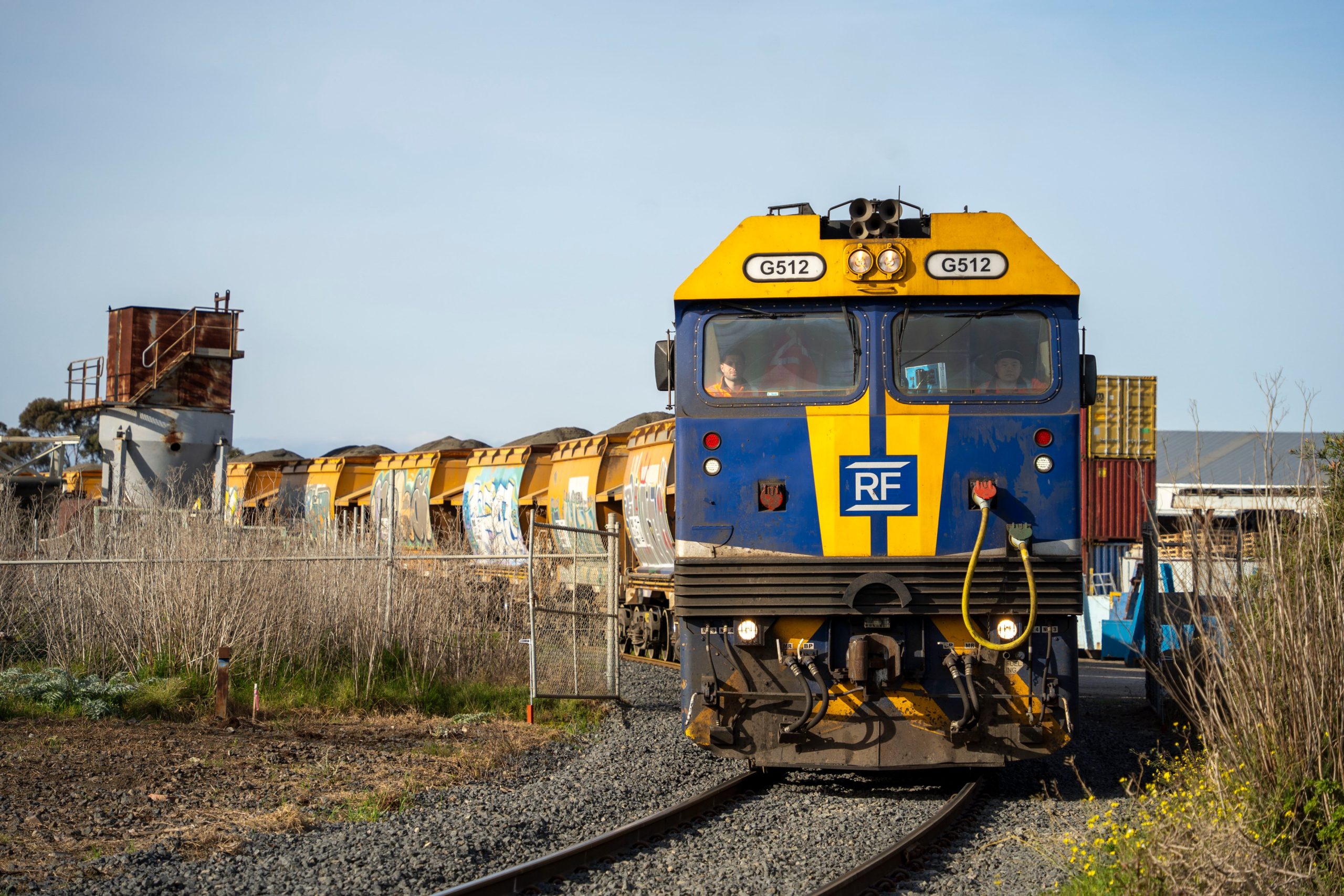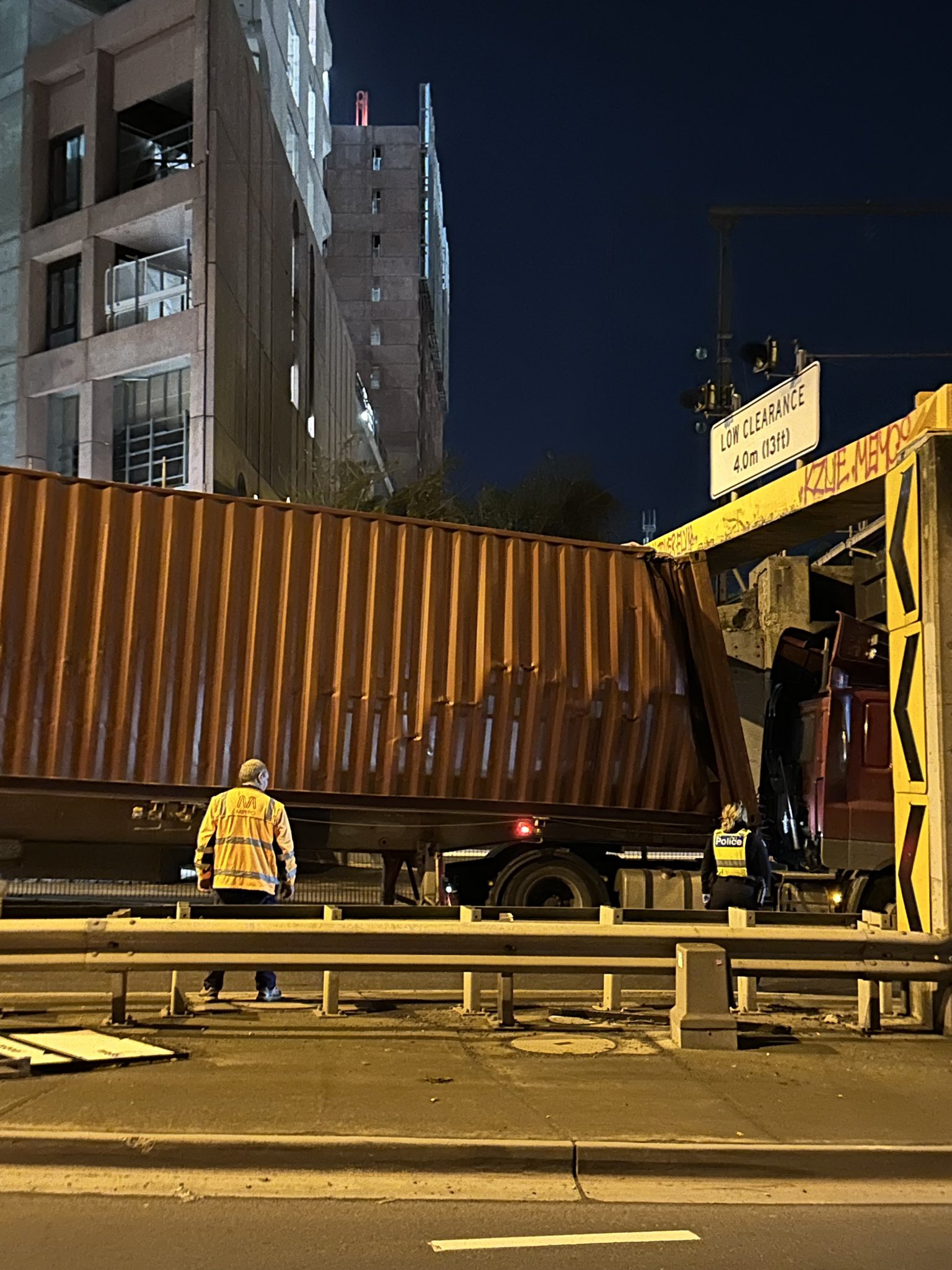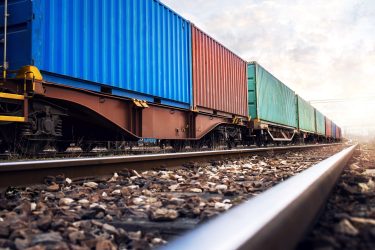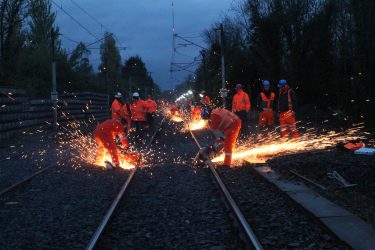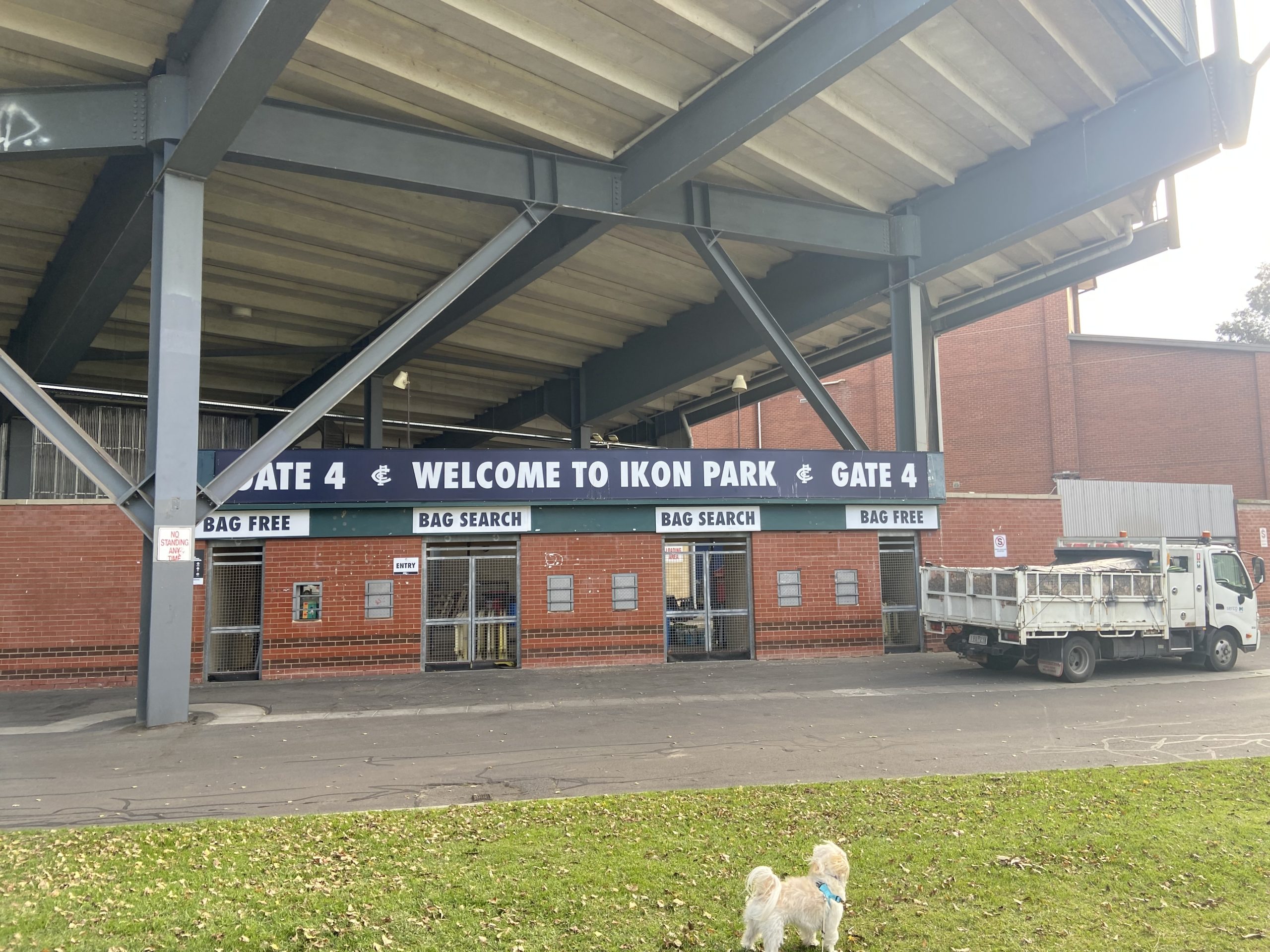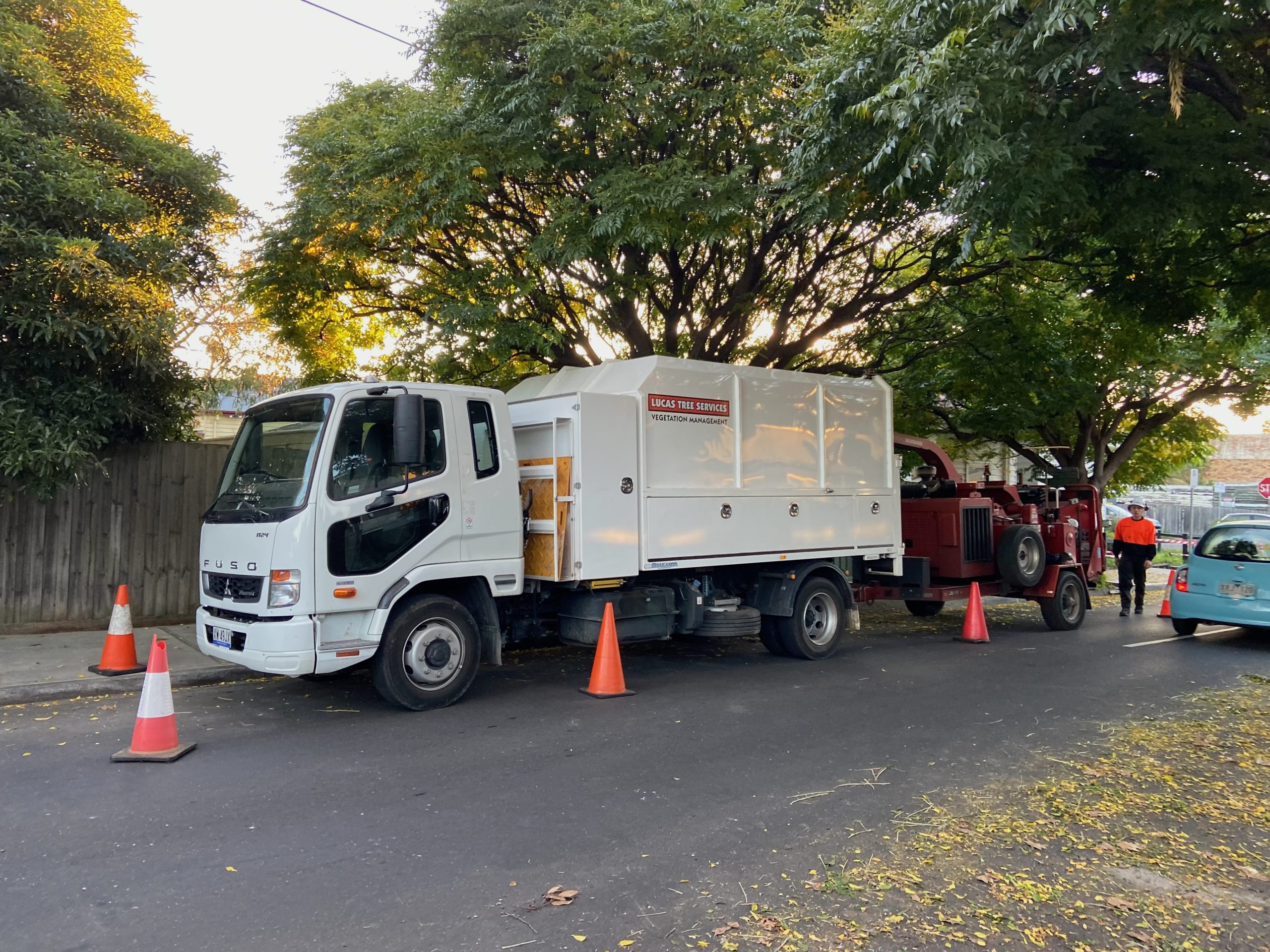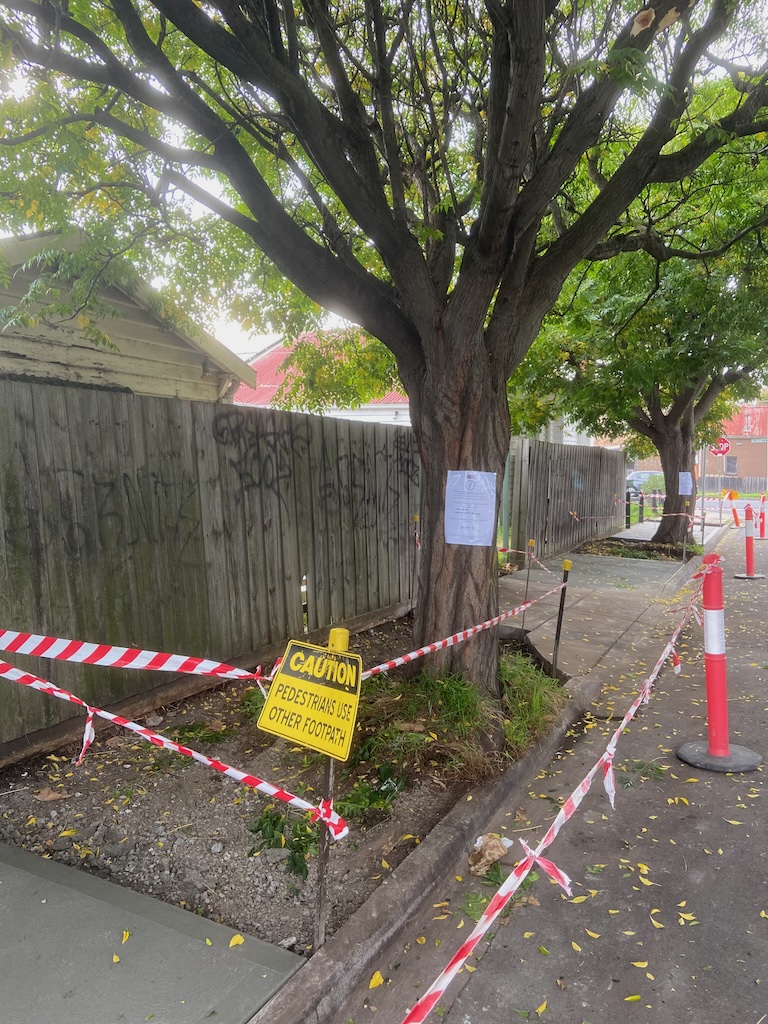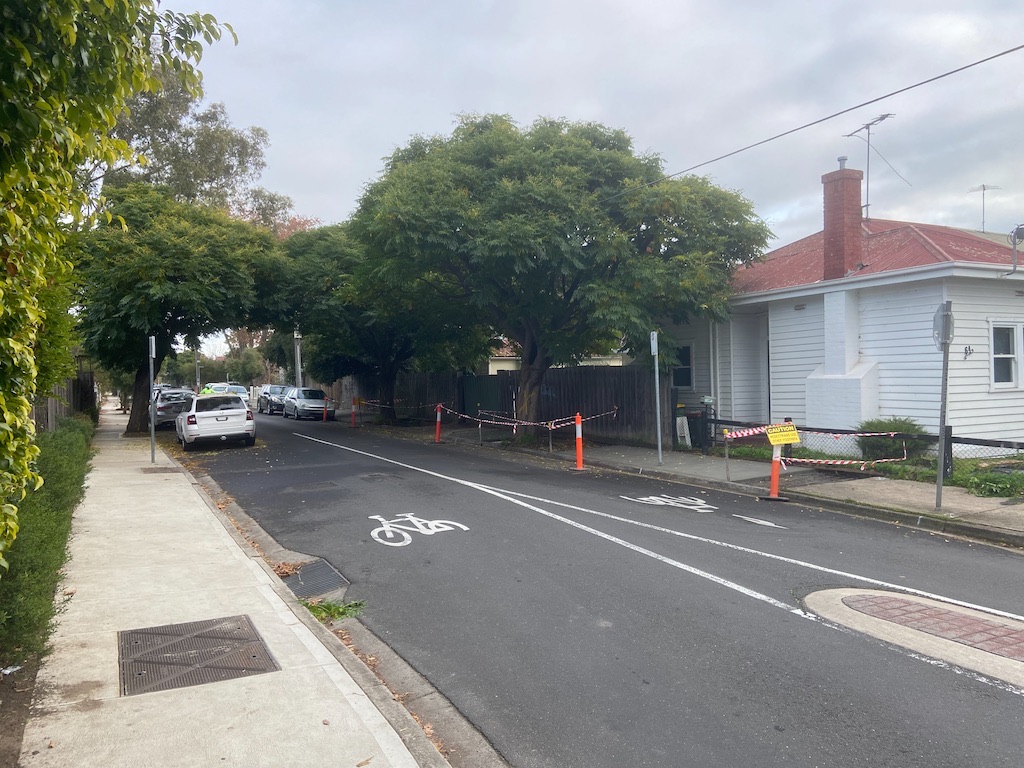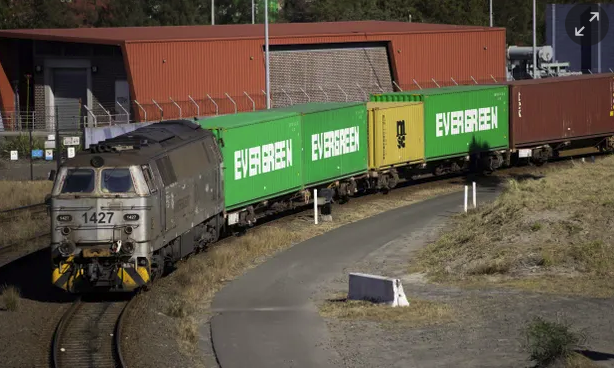Between 1936 to 1978, Aotearoa New Zealand had a national regional passenger rail network covering 14 of the 16 regions from Opua in the North Island to Invercargill in the South Island, using a fleet of 50 bidirectional diesel powered railcars, consisting of fifteen 48 to 52 seat single carriage units and thirty five 88 seat articulated twin carriage units operating on regional, inter-regional and main line routes, complimenting long distance passenger train services at the time.
With the demise of the network by 1978, there has been discussions in recent years to reintroduce regional and inter-regional passenger train services across Aotearoa New Zealand to reduce non essential car use and emissions. \
\
Currently, Aotearoa New Zealand national rail network covers 13 of the 16 regions in the country from Whangarei in the North Island to Invercargill in the South Island connecting Aotearoa New Zealand’s 6 main cities with 13 provincial cities, major towns, smaller semi rural towns and rural communities, with a potential passenger catchment of 80% of Aotearoa New Zealand’s population. \
\
A regional passenger rail network, whilst the core of Aotearoa New Zealand national public transport network, would be 40% of public transport services being operated, with 50% being bus services and the remaining 10% consisting of ferry services, light rail, on-demand riding sharing services etc.
In August 2022, New Zealand government announced a more flexible planning, funding and procurement model – Sustainable Public Transport Framework to replace the current rigid Public Transport Operation Model (PTOM), giving regional councils more flexibility to plan regional passenger rail services within their regions and work with neighbouring regional councils for better passenger rail and other public transport connectivity.
On the 21 October 2022, the government announced the introduction of a national ‘open’ integrated [‘tap and travel’ payment/ticketing system](https://www.stuff.co.nz/national/politics/130221756/major-change-coming-to-how-kiwis-pay-for-public-transport) from 2024, for use on all subsidised ‘turn and go’ urban metro rail, bus, ferry, on-demand buses and regional passenger rail services across the country’s 16 regions, creating the framework for an integrated national ‘turn up and go’ frequent public transport network.
In September 2023, Government passed the [Land Transport Management (Regulation of Public Transport) Amendment Bill](https://www.legislation.govt.nz/bill/government/2023/0237/latest/whole.html), that changes the Land Transport Management Transport Act 2003, allowing regional councils to work together in providing better urban, regional and inter-regional public transport services.
Aotearoa New Zealand population is expected to increase to 6 million by 2030, requiring clean sustainable environmentally friendly passenger transport services connecting communities across the country, which raises the question, why can’t the country have a national, subsidised, ‘turn up and go’, frequent, urban (excluding the existing Auckland and Wellington urban metro train services), regional and inter-regional passenger train services being the core component of those services?
**What would be the regional passenger rail network routes** \
\
The following would be the core regional/inter-regional passenger rail routes – \
\
**North Island**
* between Auckland and Whangarei
* between Auckland, Hamilton, Tauranga, Te Puke, Kawerau and Murupara
* between Auckland, Hamilton and Rotorua*
* between Auckland, Hamilton, Matamata and Tokoroa
* between Hamilton and Palmerston North
* between Palmerston North, Whanganui and New Plymouth
* between Palmerston North, Woodville, Hastings, Napier and Gisborne*
* between Palmerston North and Wellington
* between Wellington, Masterton, Woodville, Hastings and Napier
* between Wellington, Masterton and Woodville (Wellington regional)
\* Subject to upgrading of the track within the Rotorua city boundaries
\* Subject to the rebuilding the rail line between Napier and Gisborne
**South Island**
* between Christchurch, Blenheim and Picton
* between Christchurch and Greymouth
* between Christchurch, Dunedin and Invercargill
* between Christchurch, Timaru, Ashburton and Waipa (Canterbury regional)
* between Christchurch, Rangiora, Rolleston, Burnham and Lyttelton (Christchurch Metro)
* between Dunedin, Mosgiel and Port Chalmers (Dunedin Metro)
Passenger rail services between Invercargill and Bluff, Greymouth and Hokitika, between Greymouth. Stillwater and Westport and Dunedin metro services to Mosgiel and Port Chalmers using ‘Light Rail for Branch Lines’ options.
All regional passenger rail services would have connecting urban, semi rural and rural buses services to destinations that don’t have rail connectivity. \
\
**What type of trains would be used** \
\
The below are possible types of trains that can be adapted to suit Aotearoa New Zealand conditions and the existing national rail network –
**Stadler FLIRT akku**
{{youtube: https://youtu.be/eGH75I2ovcI?si=odr7k3pNiPM_oV2y}}
The Stadler FLIRT Akku is a bi-directional, lightweight battery/electric train in either two or three carriage configuration, carrying 120-180 passengers, disable passenger facilities and onboard toilets with speeds up to 160km/hour on electrified and non electrified track with a range up to 150 kms on non electrified track, with 15 minute quick charging capability.
The Stadler FLIRT Akku would have the ability to travel between Wellington and Palmerston North, Wellington to Masterton and Woodville using the existing electrification in the Wellington region – between Wellington and Waikanae and Wellington to Upper Hutt and between Auckland, Hamilton and Tauranga using the existing electrification in the Auckland region and battery to Hamilton and Tauranga other electrified and non electrified destinations in the Waikato region.
The Stadler FLIRT Akku in 120 to 180 seat configuration can remove 45 to 180 non essential cars of the road reducing at least 121 tonnes of carbon and other noxious emissions each train journey.
**Stadler WINK**
{{youtube: https://youtu.be/j9BkvXmjsc4}}
The Stadler WINK is a low-floor single-level regional/inter-regional train operating in 2 to 4 carriage configuration with a fully accessible power car, located between two carriages, disable passenger facilities and onboard toilets, offering flexible drive solutions, being diesel or HVO (Hydrotreated Vegetable Oil) only, diesel/battery, electric/battery or hydrogen fuel cell/battery. The Stadler WINK can carry up to 220 people in a 4 carriage train set, with a maximum speeds up to 160 km/hour. \
\
The Stadler WINK, would have the ability to travel between Wellington and Palmerston North, Wellington to Masterton and Woodville using the existing electrification in the Wellington region between Wellington and Waikanae and Wellington to Upper Hutt and between Auckland, Hamilton and Tauranga using the existing electrification in the Auckland region and hydrogen/battery to Hamilton and Tauranga other destinations in the Waikato region.
The Stadler WINK can remove 54 to 220 non essential cars of the road reducing at least 182 tonnes of carbon and other noxious emissions each train journey.
**Alstom Coradia iLint**
{{youtube: https://youtu.be/iSzn4gPPwk0}}
The Alstom Coradia iLint is a hydrogen fuel cell/battery, 2 carriage train set with speeds up to 140km/hour, with a capacity of 150 seats, has disable passenger facilities and onboard toilet facility, with a range up to 1000kms on a tank of hydrogen. The Coradia iLint can operate as multiple train sets in peak travel and single 2 car train set in off peak travel.
The Coradia iLint can remove 37 to 150 non essential cars of the road reducing at least 182 tonnes of carbon and other noxious emissions each train journey.
**Operational Flexibility**
The Alston Cordia iLint and the Stadler WINK in a 150 seat two carriage and fully accessible power car configuration could be used on localised frequently used services between Auckland and Whangarei, between Palmerston North, Woodville, Hastings and Napier, between Palmerston North, Whanganui and New Plymouth, between Napier and Gisborne, between Christchurch and Greymouth, between Christchurch, Kaikoura, Blenheim and Picton, between Christchurch, Ashburton, Timaru, Oamaru and Dunedin, between Dunedin and Invercargill. \
\
The Cordia iLint and the Stadler WINK could be used on Christchurch’s urban passenger train services between Rangiora, Christchurch, Lytttleton and Rolleston, Canterbury region passenger train services between Amberly, Christchurch and Ashburton or Timaru and Dunedin, Mosgiel and Port Chalmers urban passenger train services.
**Alstom Coradia Polyvalent H2**
{{youtube: https://youtu.be/cm_ElqtfyCk}}
The Alstom Coradia Polyvalent H2 is a 160 km/hour dual mode electric and hydrogen fuel cell/battery, 72m 4 carriage train set with a capacity of 218 seats, disable passenger facilities and onboard toilets with a range up to 600kms on non-electrify track using hydrogen/battery,
The Coradia Polyvalent H2, in a 218 seat four carriage and fully accessible power car configuration can remove 54 to 220 non essential cars of the road reducing at least 269 tonnes of carbon and other noxious emissions each train journey. \
\
If the Pukekohe to Hamilton rail line is upgraded to 160km/hour track speed and electrified with 25kva voltage, the Coradia Polyvalent H2 can operate frequent services between Auckland using the City Rail Link and Hamilton using electricity and hydrogen/battery or electric/battery between Hamilton and Tauranga and other destinations in the Waikato region.
If the electrified section of the North Island main trunk line between Hamilton and Palmerston North is upgrade to meet the electrification specifications of the Auckland region, the Coradia Polyvalent H2 could operate daily inter-regional passenger train services between on the following routes;
\- between Auckland, Hamilton and Palmerston North using electrification and between Palmerston North and Wellington using hydrogen fuel cell.
\- between Wellington to Waikanae using electrification and between Waikanae to Palmerston North and Napier using hydrogen fuel cell.
\- between Wellington to Waikanae using electrification and between Waikanae to Palmerston North and Whanganui or New Plymouth using hydrogen fuel cell.
**Revolution VLR**
{{youtube: https://youtu.be/AVXEo1K48kQ}}
The Revolution VLR is an ultra light railcar uses hybrid motive power and can accommodation up to 56 passengers with a maximum speed of 104 km/hour.
This and similar types of single ‘carriage’ passenger railcars can be used on localised, frequently used, lightly patronised services like Masterton to Woodville, Napier to Hastings, Woodville to Palmerston North, Greymouth to Hokitika, Greymouth to Stillwater and Westport, Greymouth to Moana, Invercargill to Bluff, Dunedin metro services to Mosgiel, Port Chalmers and Moeraki, etc that don’t require high specified passenger track but quality ‘branch line’ track.
**How will regional passenger rail be funded** \
\
The day to day operational funding of Aotearoa New Zealand regional passenger rail network would be from fares collected, regional rate payer subsidies and from taxpayers through New Zealand government [](https://public-transport-forum.netlify.app/admin.html#/collections/article/entries/public-transport-aotearoa-new-zealand-22-08-2022)reformed [national public transport funding authority](https://publictransportforum.nz/articles/article/public-transport-aotearoa-new-zealand-22-08-2022), based on population density of the region that would have regional and inter-regional passenger rail connectivity. \
\
**What would the cost be to re-introduce regional passenger rail** \
\
The estimate cost to re-introduce regional and inter-regional passenger rail services with a fleet of 40 two to four carriage train sets, using a DBFMO (design, build, finance, maintain and operate) style of public/private partnership on a 20 to 25 year agreement, plus building 2 heavy maintenance facilities (one in the North Island and one in the South Island), 4 regional maintenance and stabling facilities and 8 regional stabling facilities, building of environmentally friendly fuel infrastructure, upgrading and rebuilding of railway stations across the regional passenger rail network could be between $900 million to $1.5 billion. \
\
The DBFMO agreement, besides the designing, funding, building, shipping and maintenance of 40 train sets, would include training of train crews and maintenance personal, 5 yearly train refurbishments and technology upgrades over the duration of the agreement. \
\
The DBFMO agreement would have a ‘buy out’ option should the government decide to buy out the agreement. \
\
**Who would own the regional passenger rail fleet** \
\
The regional passenger rail fleet would be jointly owned by the reformed New Zealand Railways Corporation, a statutory corporation and the various private contractors through the creation of a joint venture partnership entity, with the government contributing between 20-30% of the estimate cost of re-introducing the network. \
\
**What about travel on long distance passenger trains** \
\
The current non-subsidised, commercial long distance ‘scenic’ passengers trains like Northern Explorer, Coastal Pacific and the TranzApline would compliment regional passenger rail services. \
\
With the Government planning to move to zero emissions by 2050 and the increasing availability of sustainable environmentally friendly fuel options, coupled with improvements in train motive power technology, the question is – why can’t Aotearoa New Zealand reintroduce national regional and inter-regional passenger train services using this technology on a DBFMO (design, build, finance, maintain and operate) style of public/private partnership? \
\
The question is not if but when.
For further information concerning the points raised in this discussion concept plan:
* [*CityConnect* – the national public transport network](https://www.publictransportforum.nz/articles/article/cityconnect-national-public-transport-network-02-04-2024)
* [New Zealand unified passenger transport initiative](https://www.publictransportforum.nz/articles/article/new-zealand-unified-public-transport-strategy-05-01-2024)
* [Motu Move – National public transport payment system](https://www.publictransportforum.nz/articles/article/new-national-public-transport-payment-system-12-06-2024)
* [Its time for a national public transport network](https://www.publictransportforum.nz/articles/article/national-public-transport-network-07-06-2022)
* [Lets Connect Communities](https://publictransportforum.nz/articles/article/connecting-communities-2030-01-02-2022)
* [Future of New Zealand’s land transport and communities](https://www.publictransportforum.nz/articles/article/the-future-of-new-zealand-land-transport-08-03-2024)
* [Future of long distance passenger rail services in New Zealand](https://publictransportforum.nz/articles/article/future-of-passenger-rail-services-in-new-zealand-05-01-2023)
* [Can semi rural towns and small rural communities have public transport?](https://publictransportforum.nz/articles/article/can-small-semi-rural-towns-and-rural-communities-has-public-transport-10-08-2022)
* [New Zealand’s shrinking passenger railway network](https://publictransportforum.nz/articles/article/new-zealands-shrinking-passenger-railway-network-22-07-2022)
* [It is time to reform rail in Aotearoa New Zealand](https://publictransportforum.nz/articles/article/it-is-time-to-reform-rail-in-new-zealand-08-01-2023)
* [Light Rail for Branch Lines](https://publictransportforum.nz/articles/article/light-rail-for-branch-lines-15-01-2022)
If you support a national regional passenger rail network concept, [have your say](https://publictransportforum.nz/get-involved) or become proactive by getting involved in local [better public transport campaign groups](https://publictransportforum.nz/about). \
\
**Parliamentary inquiry** \
\
In 2022, Parliament’s Transport and Infrastructure Select Committee held an inquiry into the future of inter-regional passenger rail in Aotearoa New Zealand. \
\
On the 4 July 2023, the Select Committee released its [final report to Parliament](https://selectcommittees.parliament.nz/v/6/3f66b447-9b3b-492e-8857-08db7c2fcbf3).
You can read our submission on [New Zealand’s inter-regional passenger rail services](https://publictransportforum.nz/articles/article/our-submission-to-the-parlimentary-enquiry-20-10-2022).
*The creation of Aotearoa New Zealand’s national regional passenger rail network is one of the [initiatives of Public Transport Forum New Zealand](https://publictransportforum.nz/initiatives#back-to-the-future-regional-passenger-rail-servic).*
